Prior to the 2024-25 crypto cycle, revenue generation was a rarity for on-chain products.
Those of you who have been around for a while might remember the entire discourse around public goods.
It was a long-winded debate, but the gist of it was that people believed crypto products are akin to public goods. People can enjoy the benefits of the technology without needing to pay anything beyond gas fees.
This sounds nice in an idealistic world. It aligns with the general ethos of crypto, but unfortunately, we live in the real world. For any business to be sustainable, it needs to generate revenue.
Public goods work because they are ultimately funded by taxpayer money. In crypto, teams scramble to launch useless governance tokens just to make money for their efforts.
Now, people are waking up and smelling the coffee. We can’t continue relying on valueless tokens to make money because it’s not sustainable.
Most tokens do not last more than a year. Sustainability will only come from consistently generating real revenue.
Some protocols have made a major push towards revenue generation, but that’s still few and far between. We believe the most important shift the industry is likely to see in the future is the shift to revenue-sharing chains.

Sonic spearheaded this idea, and it will continue to proliferate across the industry. But before we dive deeper into this, let’s examine the current state of revenue generation.
Revenue-generating apps in crypto
Up until recently, revenue generation was primarily seen among off-chain products.
Centralized exchanges and mining operations are great examples of this. They consistently generated revenue through their operations and were, for a long time, the only profitable businesses in the industry outside of trading/investment funds.
Gradually, activity started moving on-chain with the likes of DeFi taking off as a sector.
DeFi brought along some great innovation, skyrocketing the number of active on-chain users to heights the industry had never seen before.
The initial phase of DeFi was purely experimental, but soon enough, some clear winners started to emerge that could last over the long run.
Examples include decentralized exchanges (DEXes), decentralized perps, and money markets, to name a few.
Technically, all of these platforms generate revenue as users pay fees, but since it’s DeFi, all the fees directly go to the people who have provided the liquidity.
Essentially, teams that create the protocol simply create an automated middleman for two anonymous parties to transact permissionlessly. The developers don’t really see any revenue straight from the platform.
This is why revenue generation is replaced by tokenization.
Teams create tokens because it allows them to build a treasury and tie in mechanisms like staking to the platform so token holders (including themselves) can earn from the protocol.
But as we’ve seen with most DeFi tokens, this is far from ideal in the long run.
Recently, we’ve seen a new form of revenue generation with non-tokenized on-chain protocols. Pump.fun is the king of this hill.
It’s essentially a gamified launchpad where users can deploy tokens within seconds with no coding experience required. Pump.fun charges a small fee for this service. In just one year of being live, Pump.fun generated $550 million in fees.
Yes, their success depends on the appetite for extreme speculation, but they have been arguably the best example of an on-chain product generating consistent revenue, so they do not need to launch a token or raise money in any other way.

So, with this as the background, there are a couple of glaring issues with the revenue generation side of the crypto industry.
First of all, Pump.fun deserves its respect for successfully filling a major gap in the market, but at the end of the day, it is just a glorified casino.
This may come across as dismissive, but if you look at the facts, it’s a protocol that saw most of its success during an incredibly degenerate memecoin mania phase.
This brings us to the second issue.
For the industry to truly be revolutionary, innovative on-chain financial primitives need to be successful and generate sustainable revenue.
Until now, we have not seen truly on-chain financial primitives generate genuine revenue focussed on long-term sustainability. They all have some element of reliance on a native governance token.
Yes, there are exceptions like MakerDAO and Hyperliquid, but in the grand scheme of things, consistent revenue generation is still not a common thing in the landscape.
Imagine being a developer who creates a unique financial primitive that is widely used but still struggles to profit from it.
From an incentive perspective, this makes no sense. Why would capable developers build a product to earn nothing when, at the same time, they see a 15-year-old with no code experience make millions off a Pump.fun memecoin?
Since we as an industry are struggling to find a solution, it makes sense that the teams building the blockchain networks themselves create a way to reward developers proportionately to the amount of activity they bring onto the network.
Based on this idea, Sonic built the Fee Monetization [FeeM] program.
Fee Monetization with Sonic
The concept is simple: Sonic developers can earn 90% of the gas fees that their application generates for the network to create a sustainable revenue model.
This way, they don’t need to worry about fundraising or token launches; they can just build.
The concept is similar to ad revenue on platforms like YouTube. If you get more views, you are driving more activity and eyeballs to YouTube as a platform. As a reward for doing that, you earn revenue from YouTube proportional to the views you get.
Similarly, if your Sonic application gets a lot of usage, you are driving more activity to the network, which means you earn more from the gas fees the network generates through your application.
Take Uniswap as an example. In 2020, the vast majority of Ethereum’s activity was from Uniswap, yet they didn’t get rewarded for it. Now, imagine if Ethereum had a FeeM model. Uniswap would’ve been significantly larger than they are now.
Any app on Sonic can participate in the FeeM program. Developers must apply through SamHarc on Telegram to join the program. Once accepted, the protocol will start earning revenue.
This is what the fee structure looks like:

In essence, transactions on applications that are not part of the FeeM will see the majority of the fees burnt and given to validators.
For applications that are part of the FeeM program, 90% of the fees go to the developers, while the remainder goes to validators.
In terms of economic incentives, the FeeM program has created a very sustainable loop to keep all parties happy in an ecosystem that is designed to foster genuine technological innovation over exploitative speculative innovation.
Validators can remain profitable, developers can remain profitable, the team gets a small kickback in the ecosystem vault to foster more innovation, and users benefit from an all-around top-notch user experience.
Everyone wins.
Looking ahead
Estimates suggest that since the FeeM went live, the program has generated roughly $300k, and this is just within a month or two.
Gradually, once the markets start to turn around and Sonic gets more activity as a chain, developers from all over will take notice. They’ll see all their other peers generating revenue in such a simple way and decide to port over to Sonic.
As a concept, it simply makes sense. Pay developers proportionately to what they bring in.
The ripple effect that I believe will happen is that, eventually, teams building other blockchains will have no choice but to take notice.
Their hand will almost be forced. They either change nothing and allow Sonic to keep taking all the smart developers, or they make the change and implement their own version of the FeeM program.
Down the line, this revenue-share model at the network level is likely to become commonplace because it is a no-brainer.
Now, you may be thinking, if everyone eventually implements, does Sonic lose out? I wouldn’t be too worried about that, if I’m being honest. Sonic has all the other elements of what it takes to be successful in place.
They have a world-class team that has built a state-of-the-art blockchain. The network's user experience is quite easily the best in the industry at the moment, and the team also works meticulously to partner with the right teams and foster innovation for prospective developers.
Revenue-sharing networks are the future. It’s only a matter of time before the rest follow Sonic’s lead.
Thanks to the Sonic team for unlocking this article. All of our research and references are based on public information available in documents, etc., and are presented by blocmates for constructive discussion and analysis. To read more about our editorial policy and disclosures at blocmates, head here.






%20(1).webp)
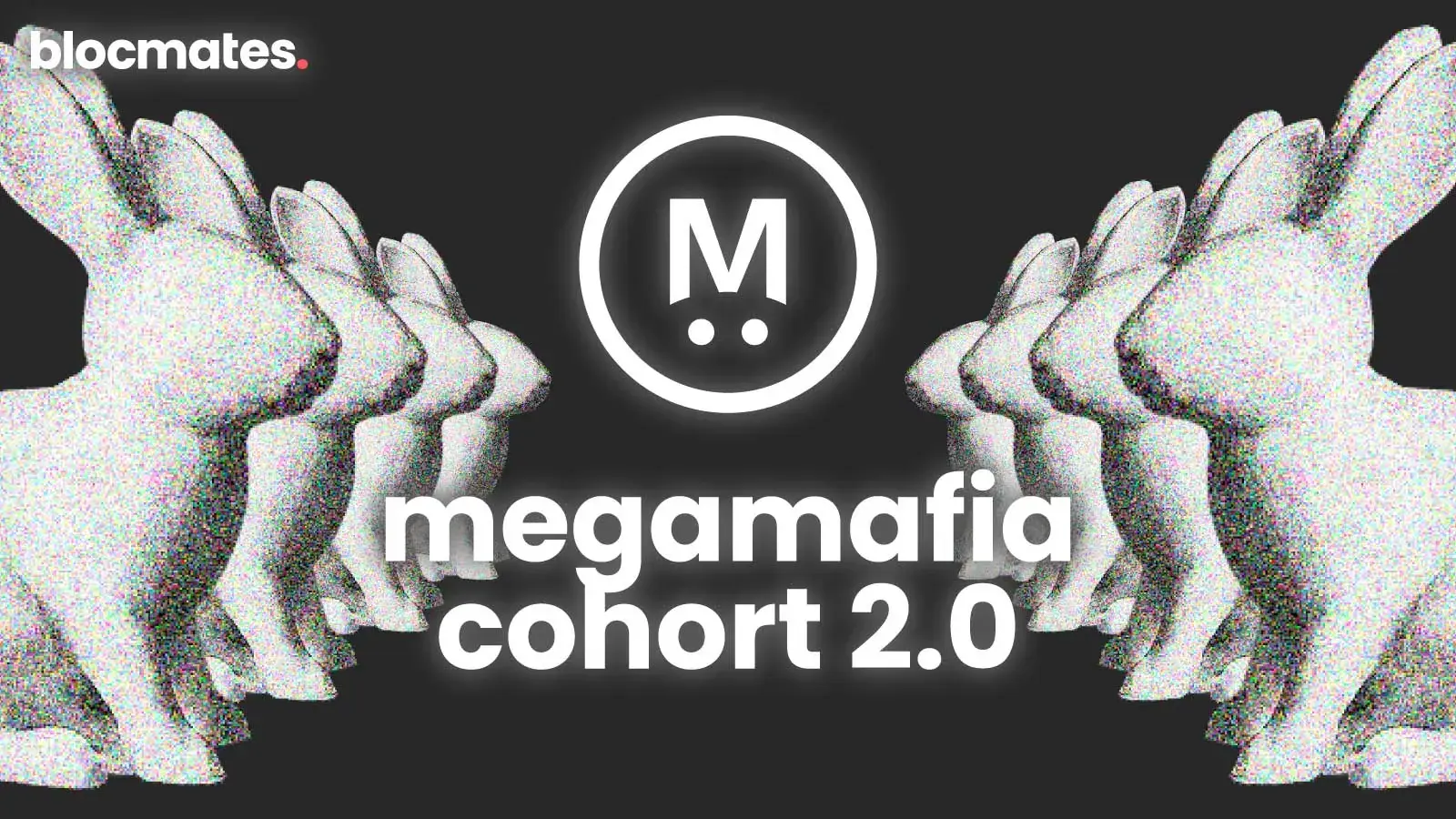




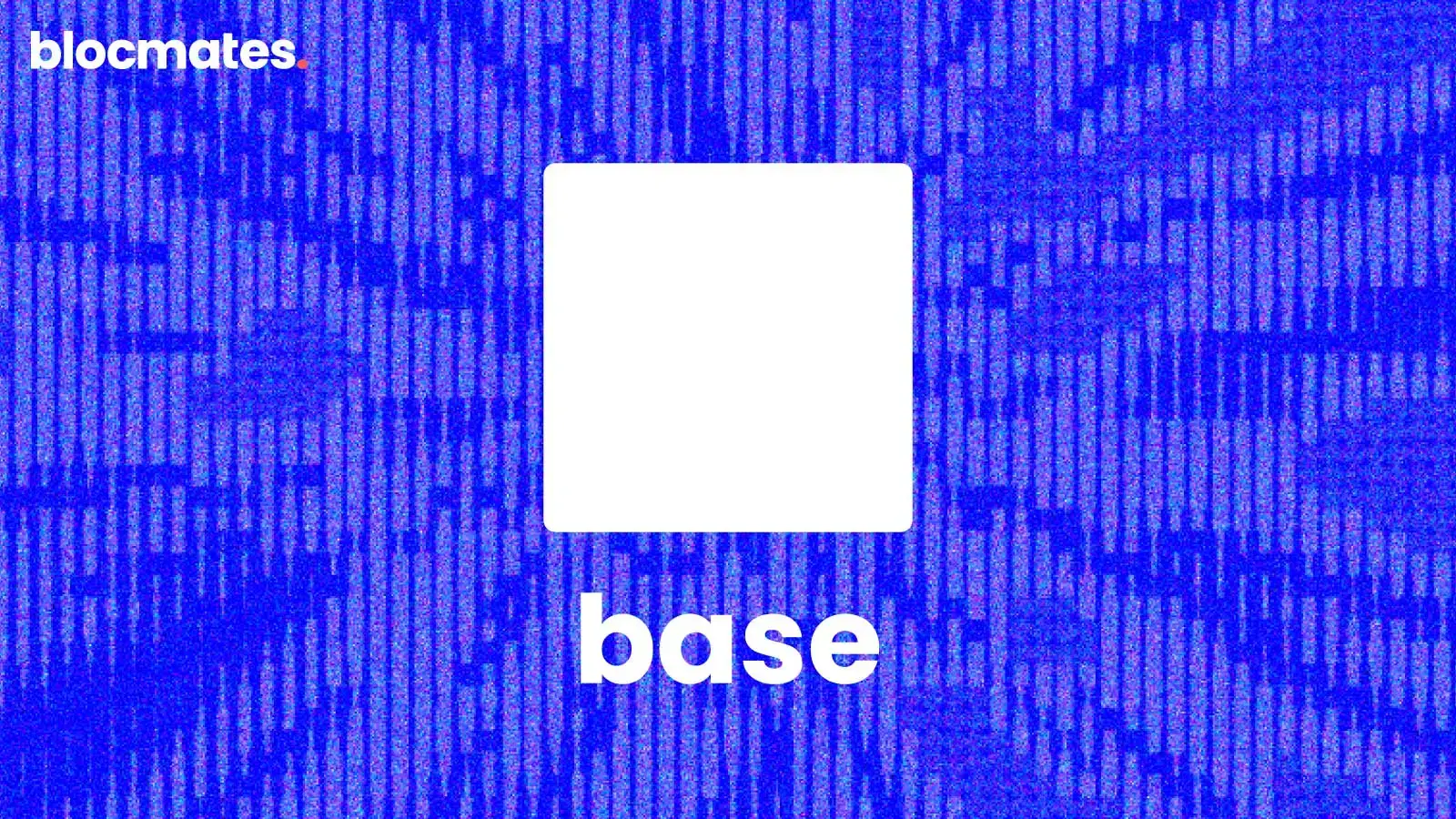
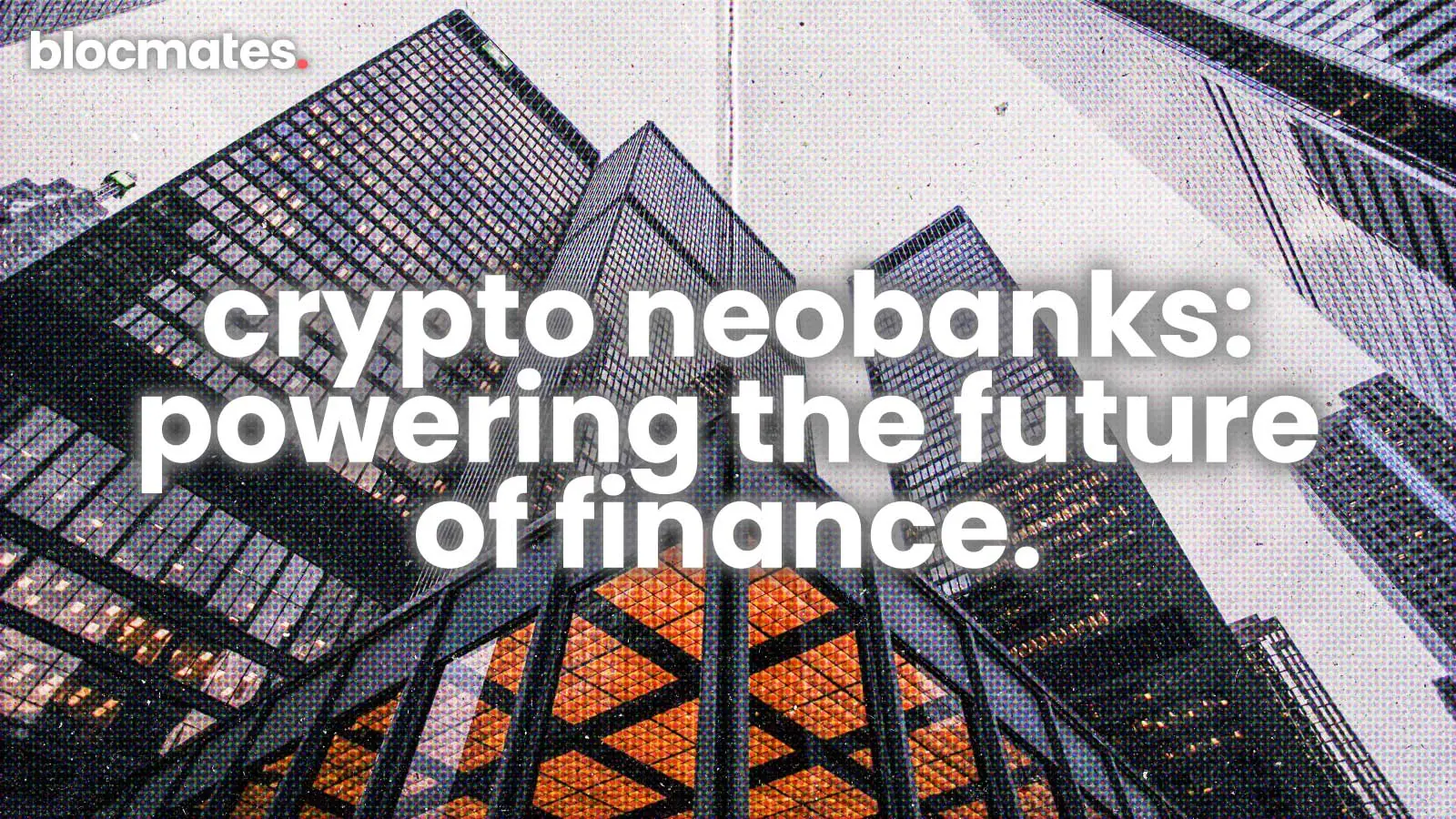


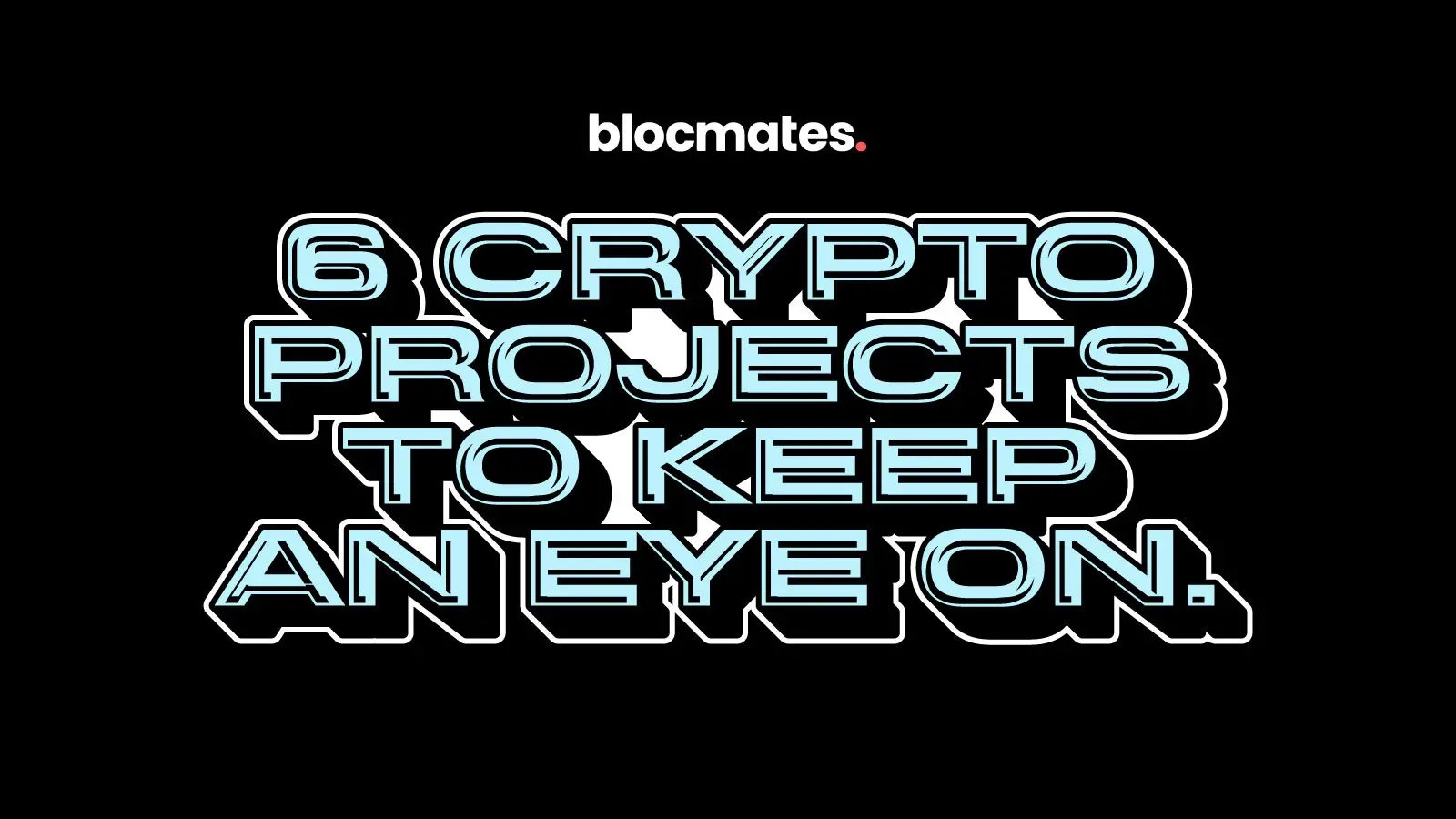
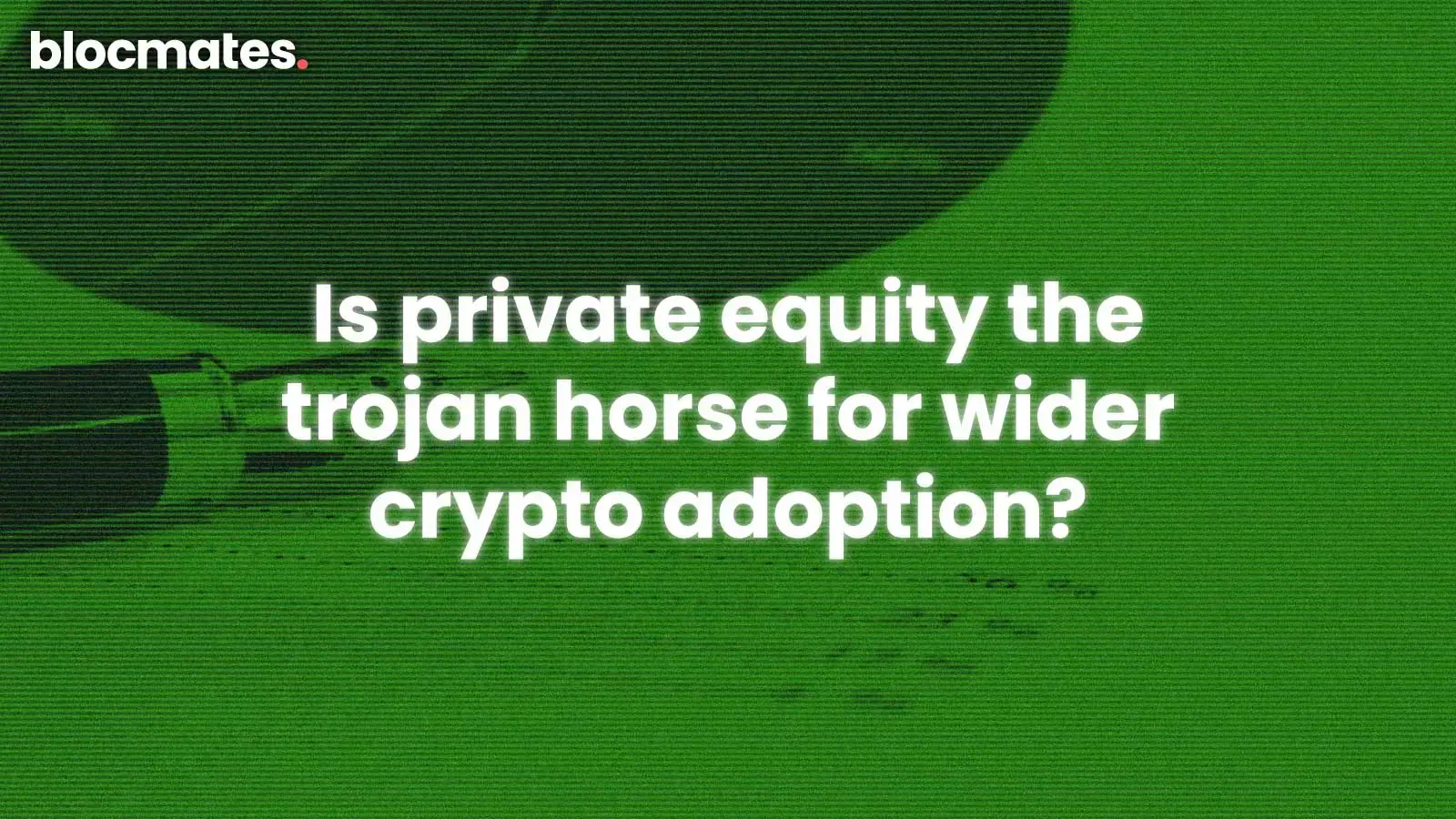
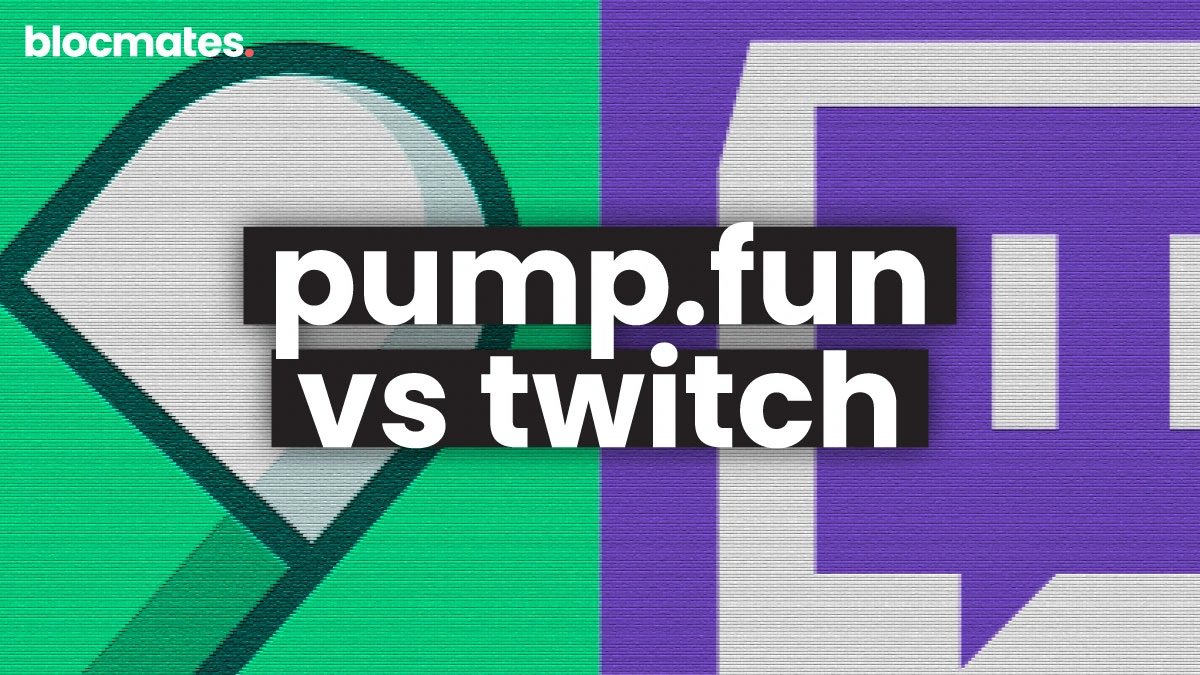

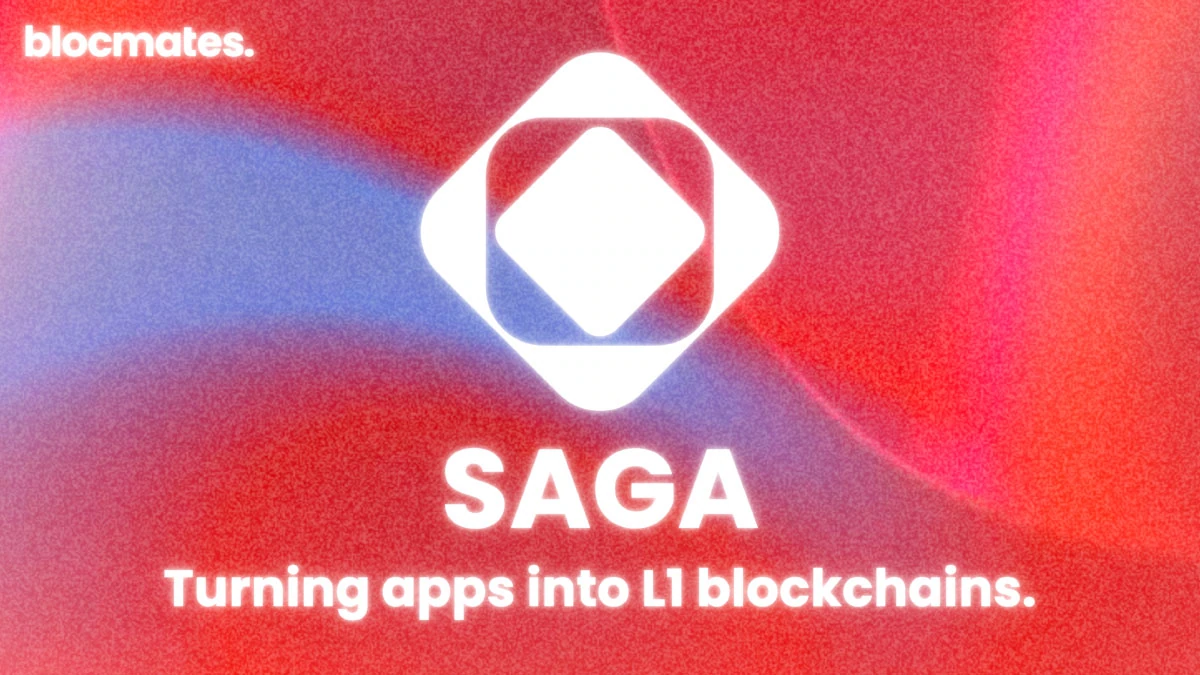
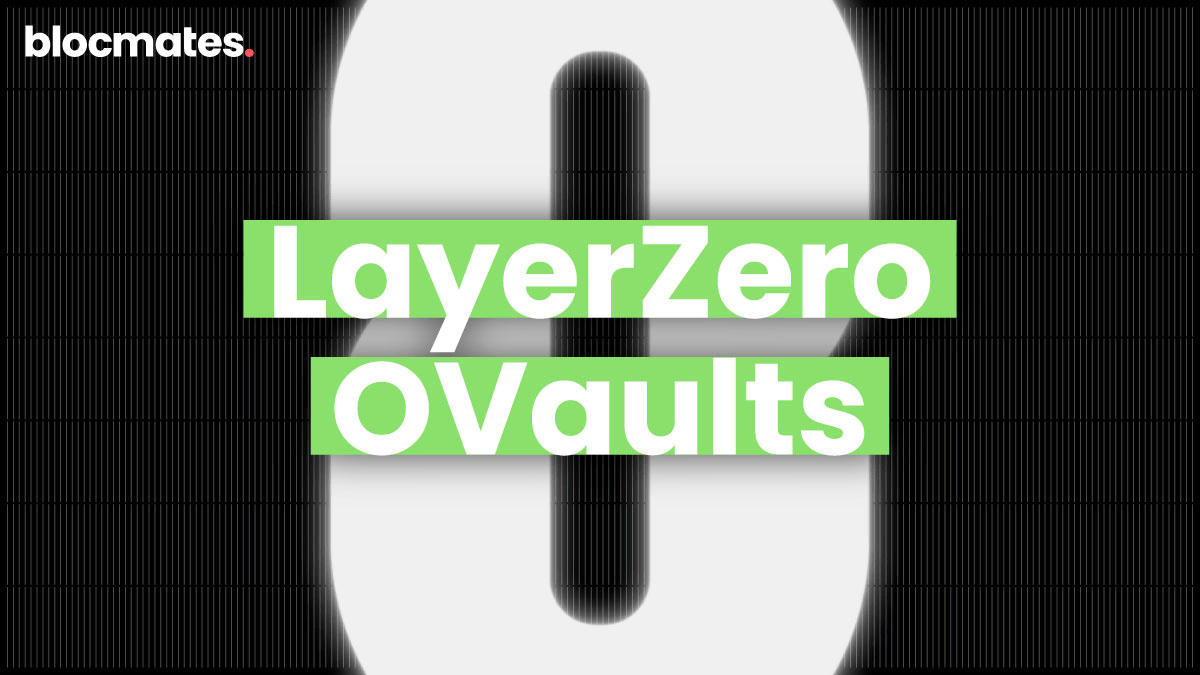

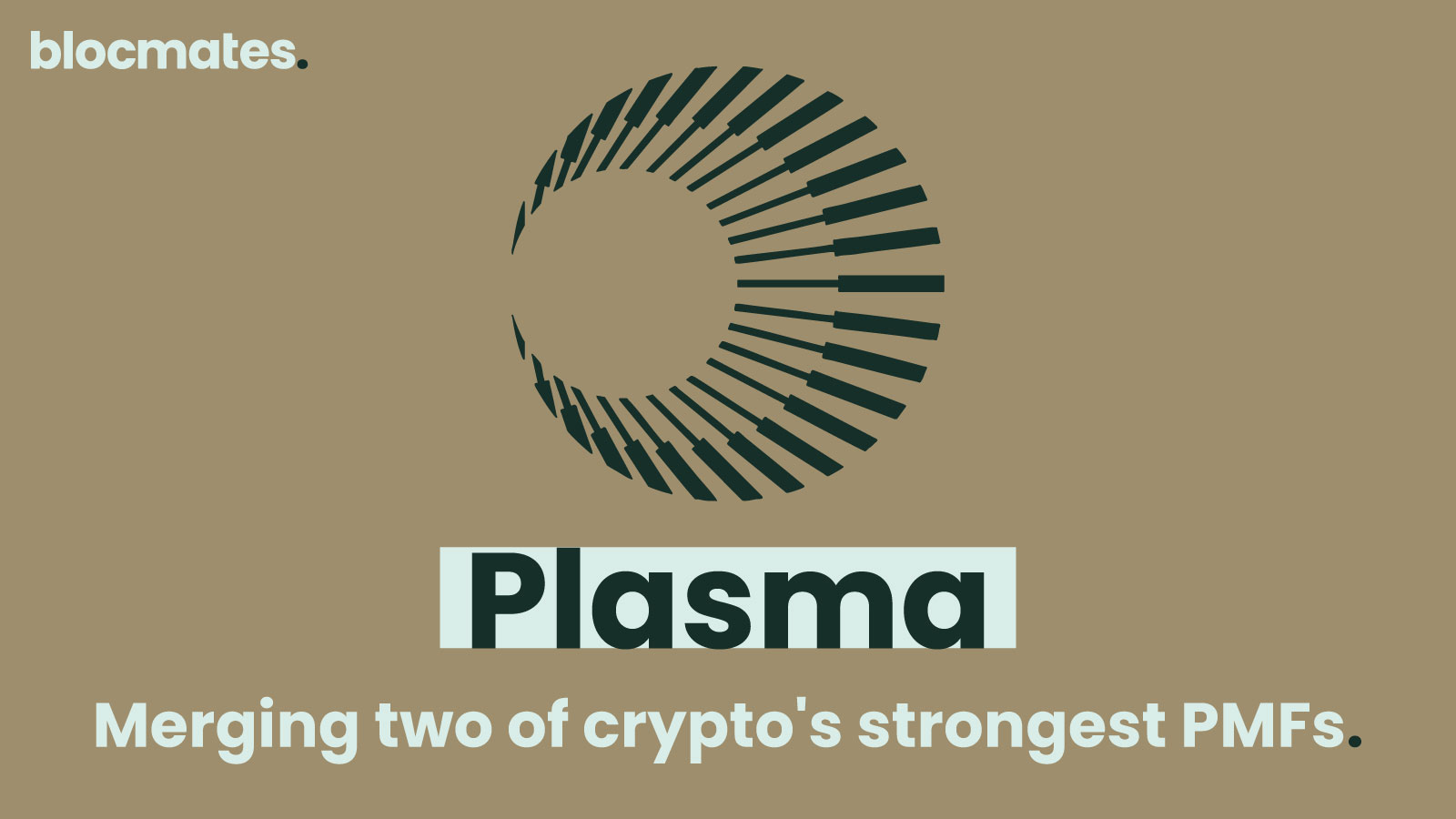
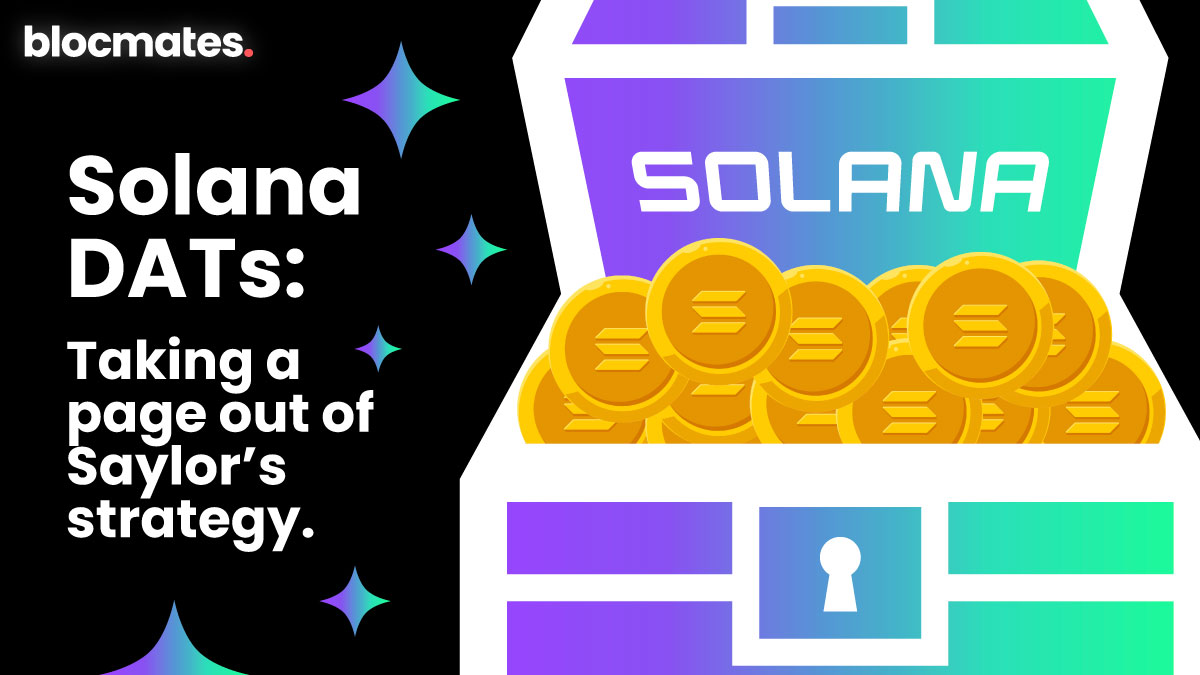
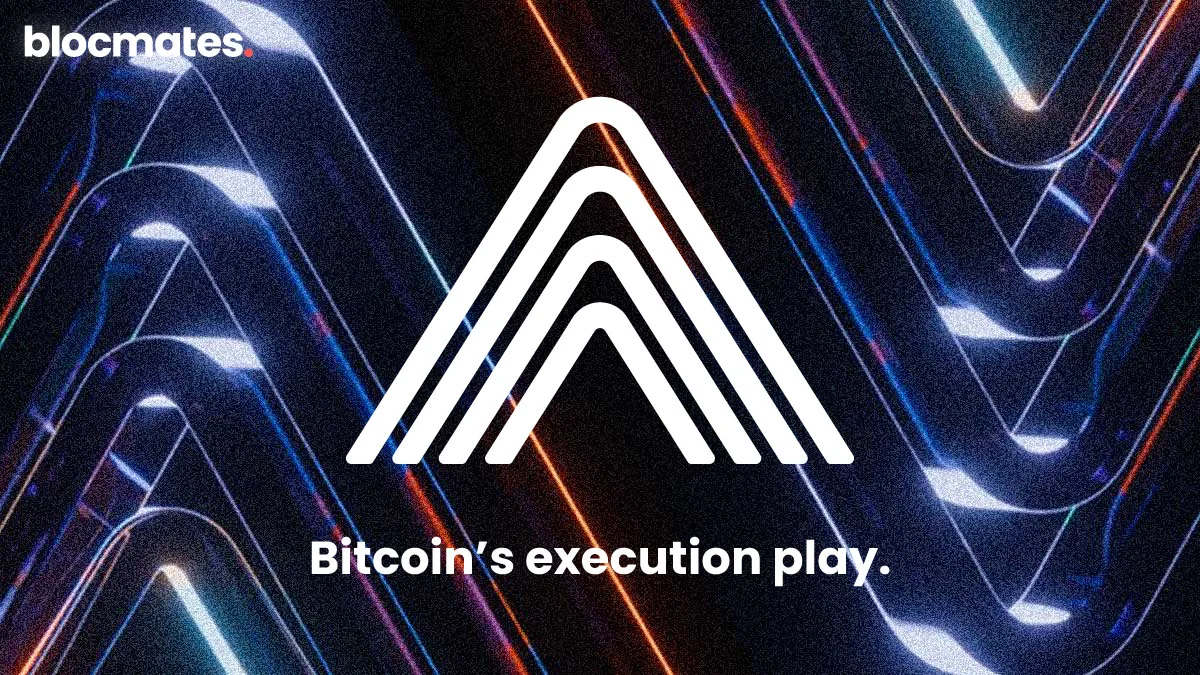
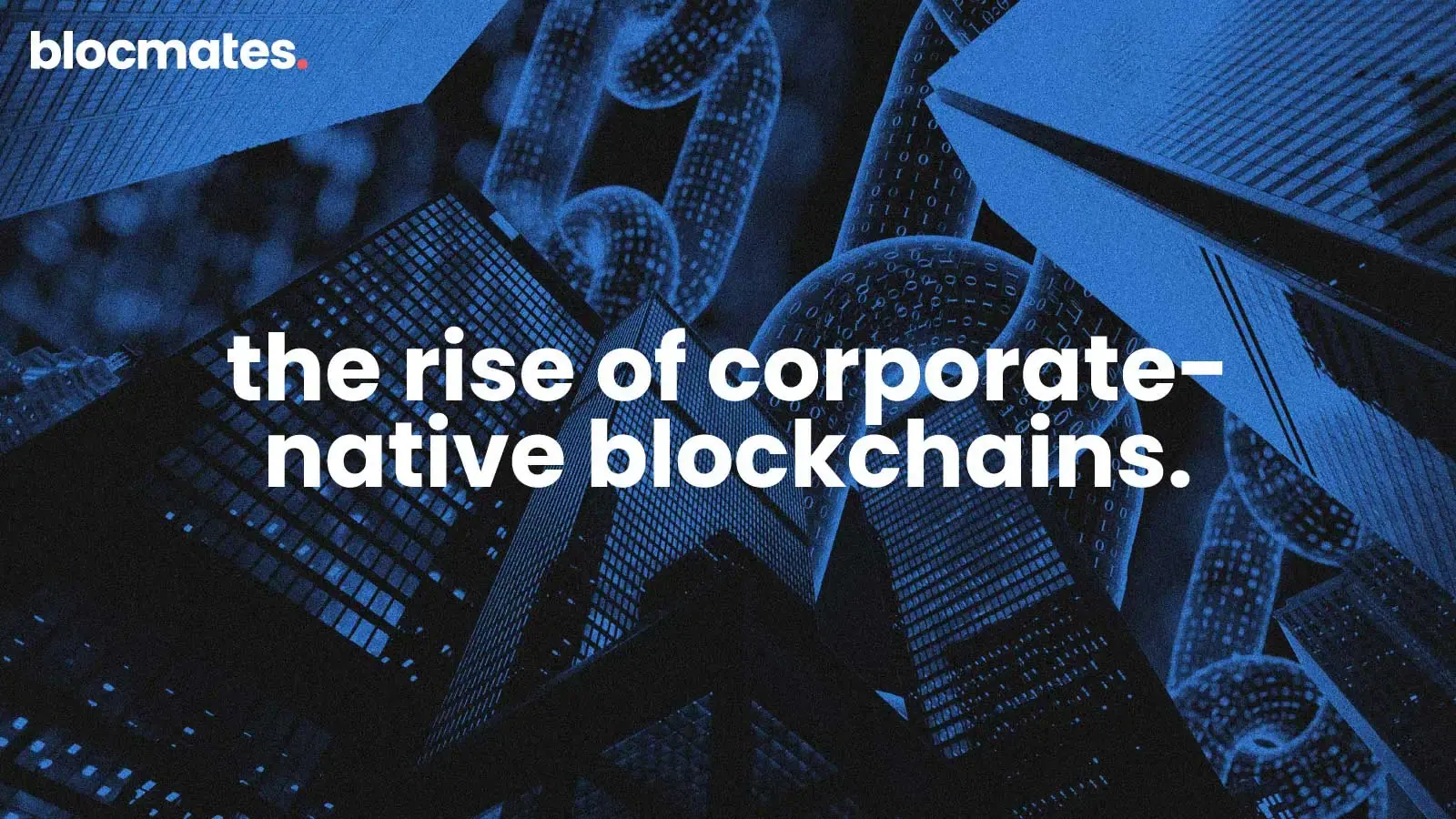
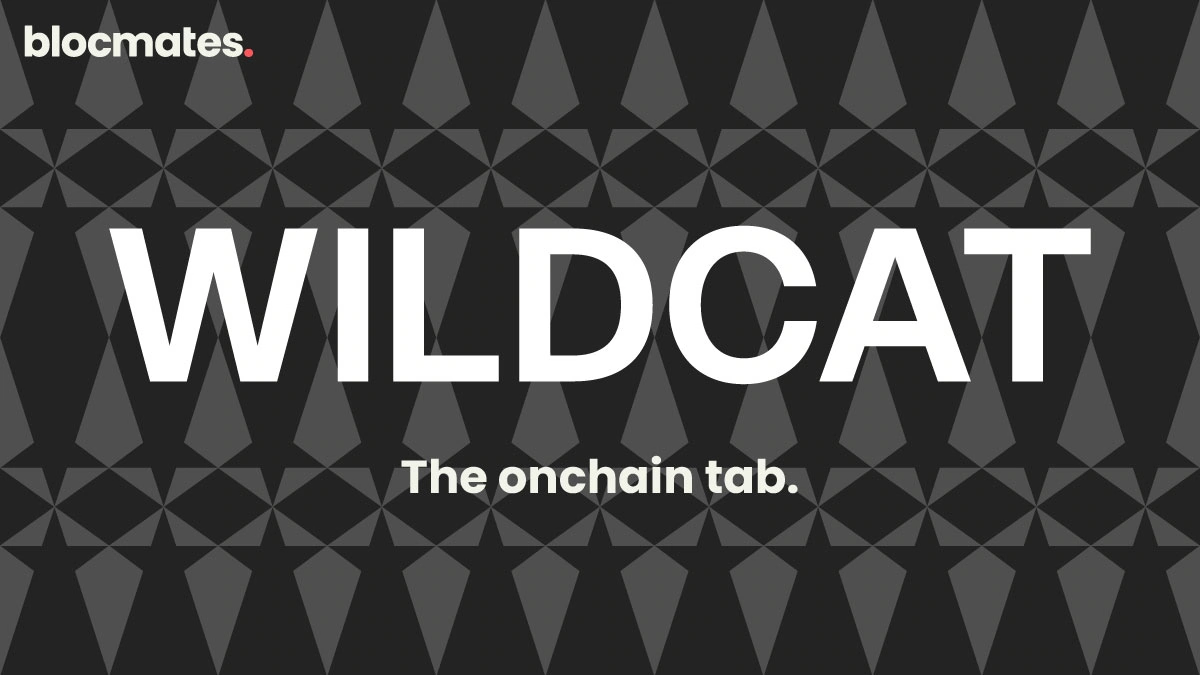
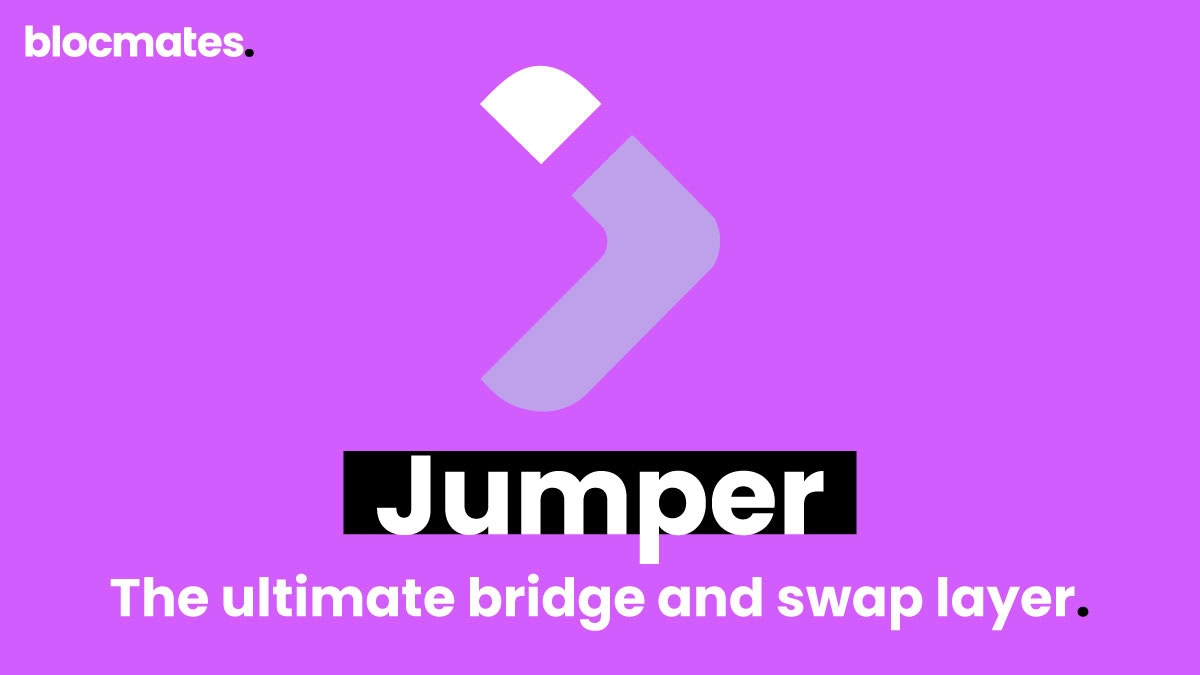
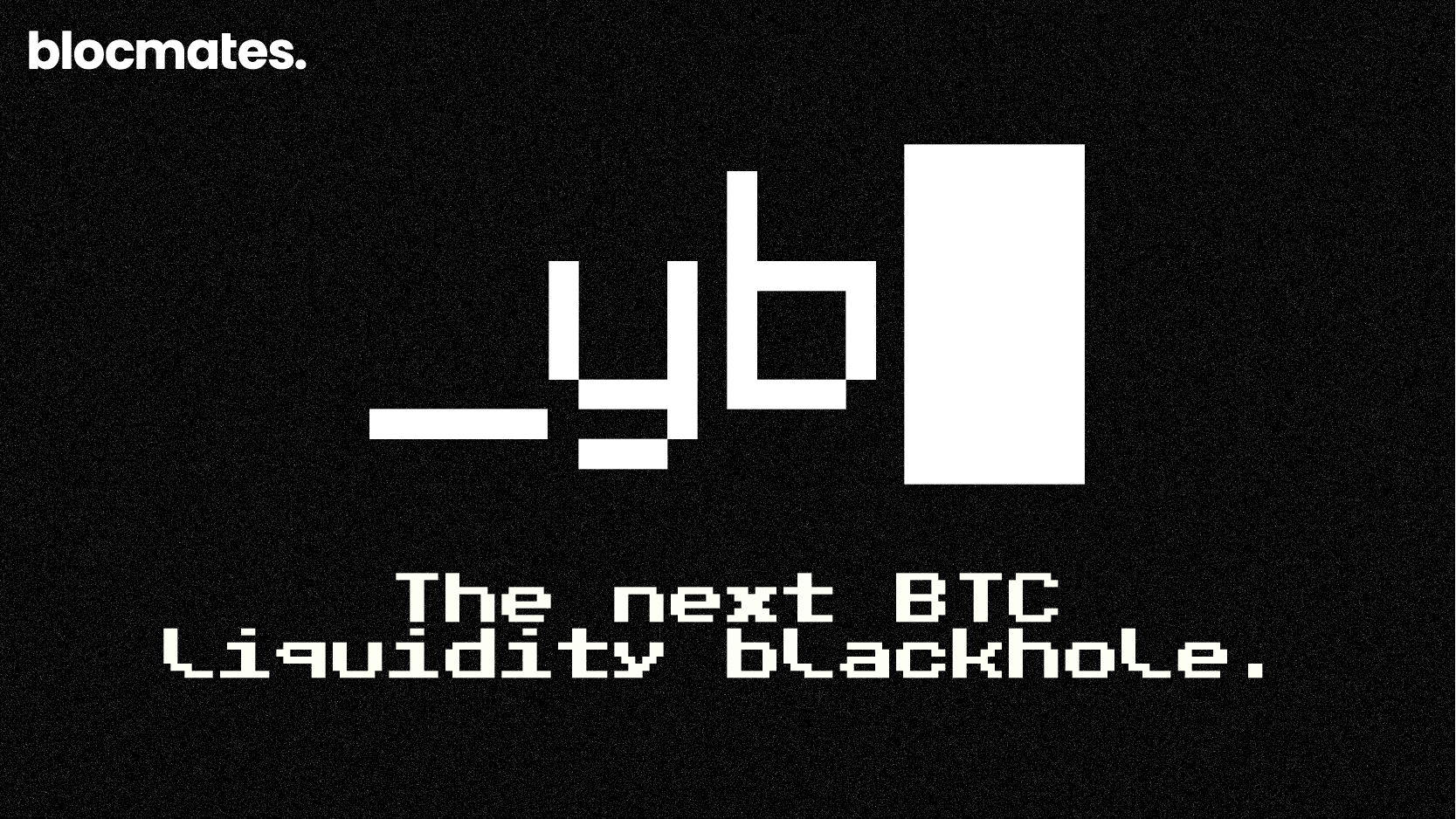
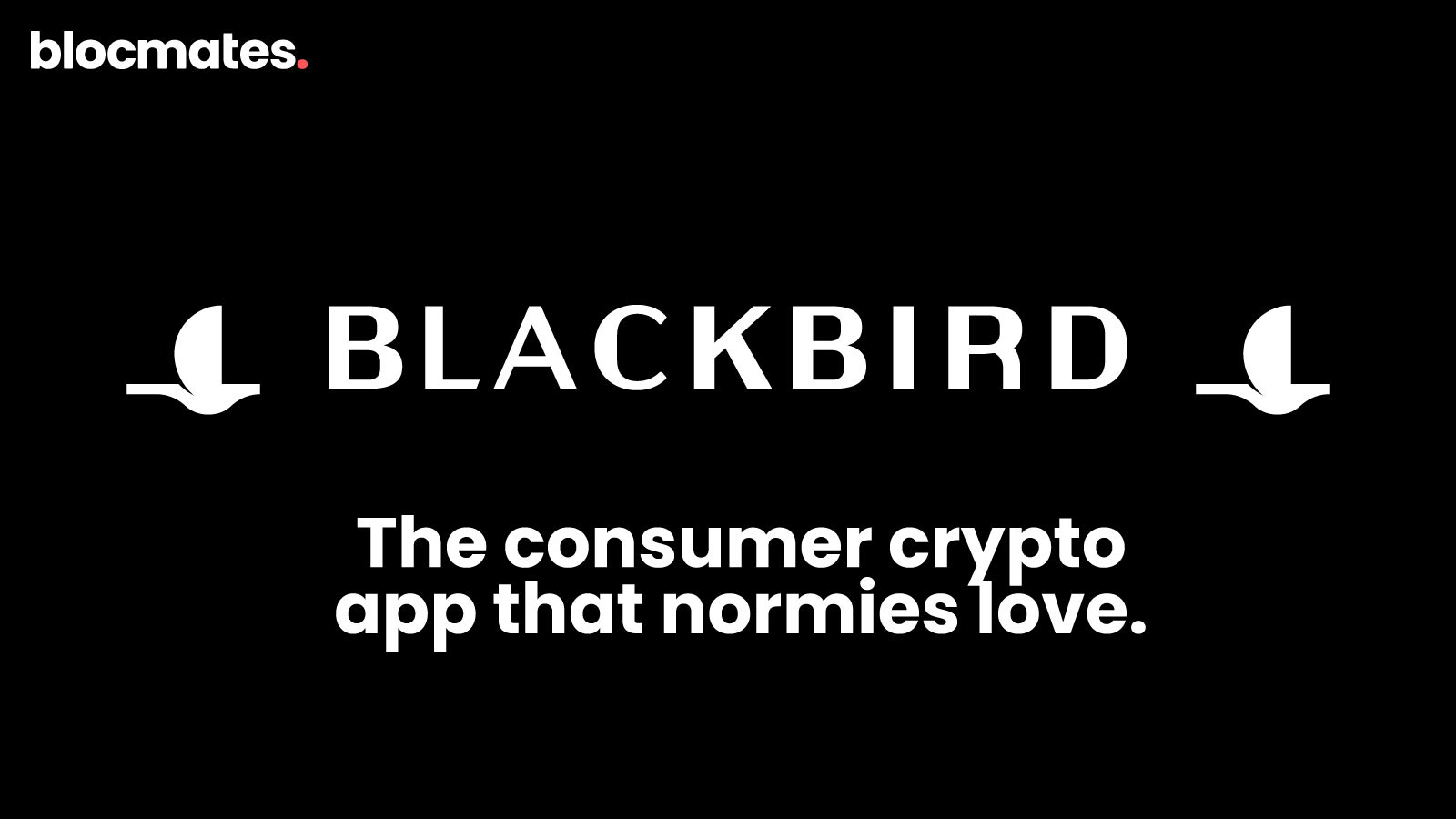
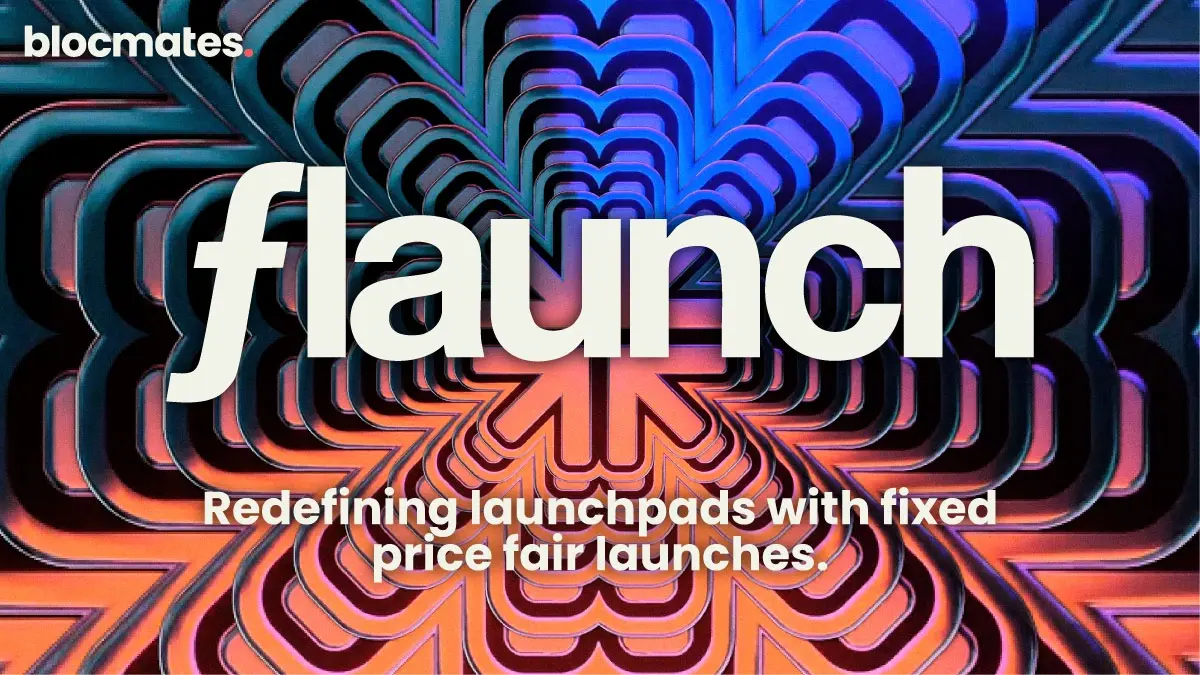

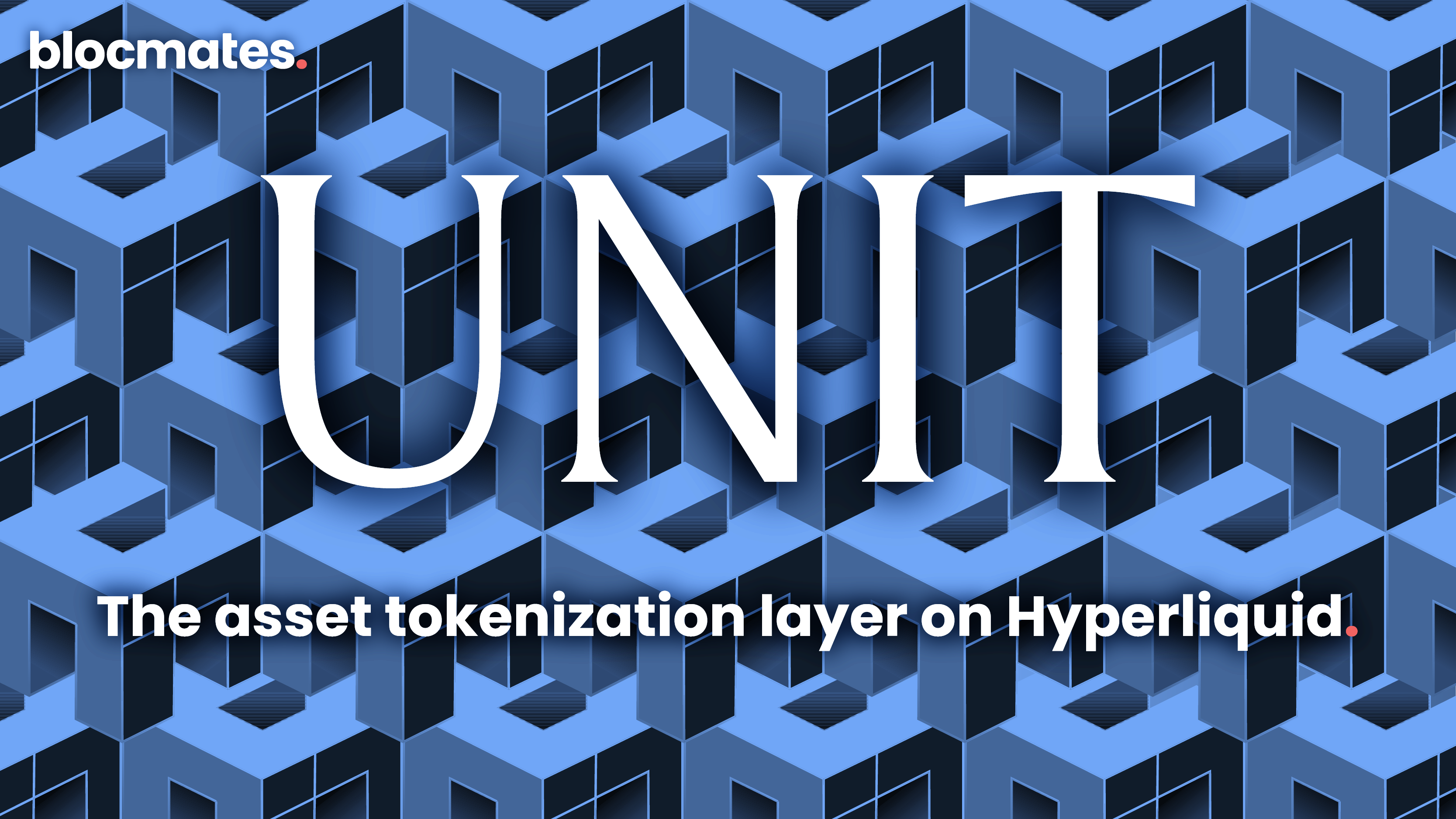


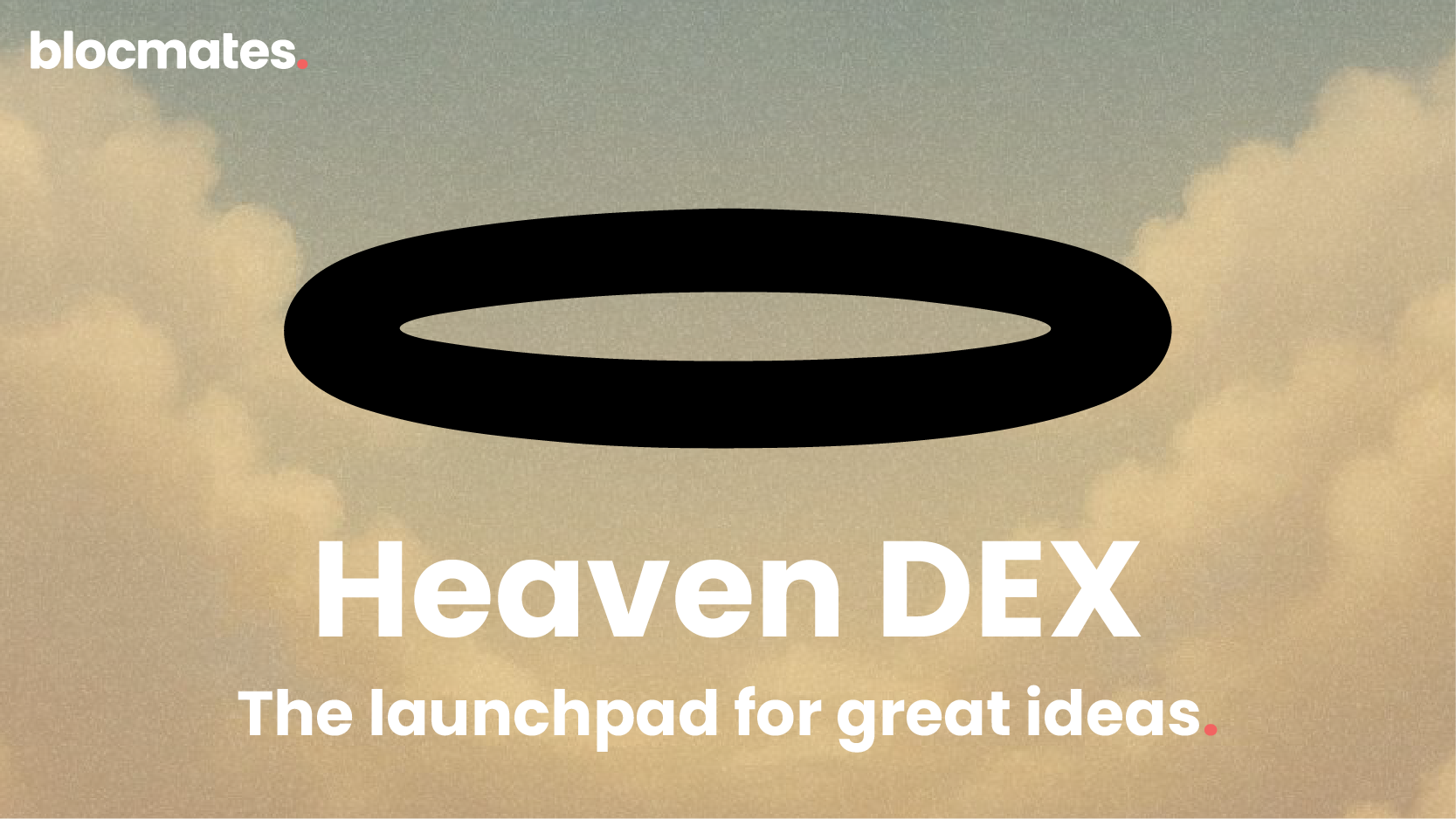

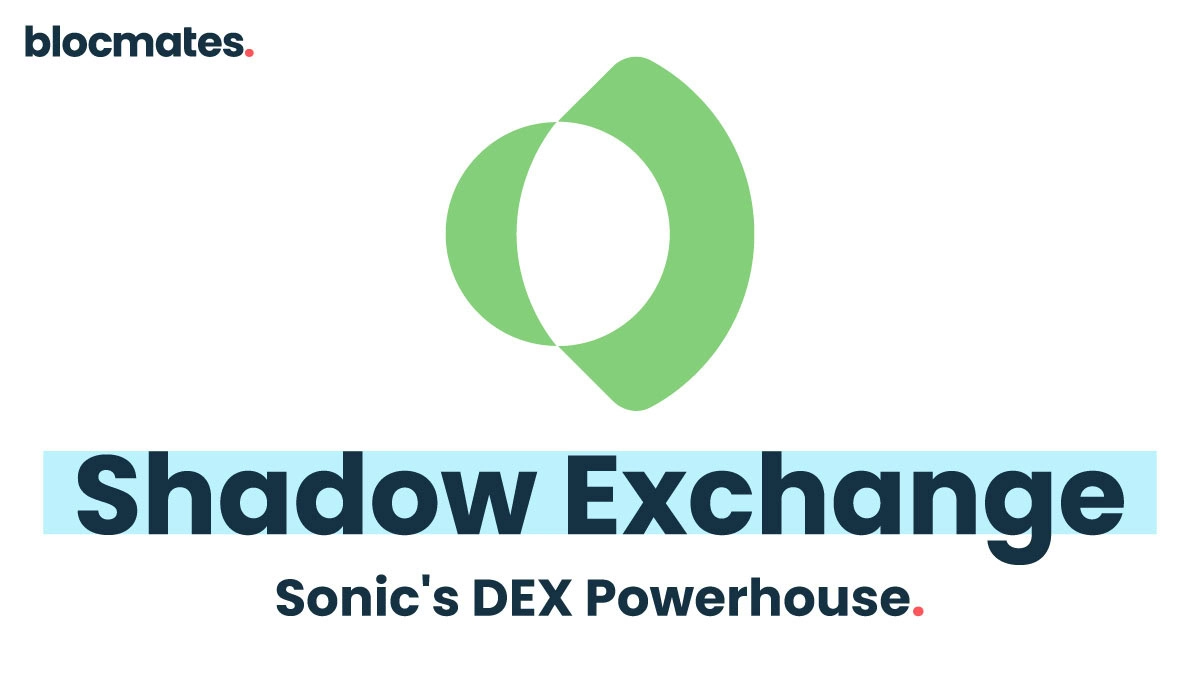
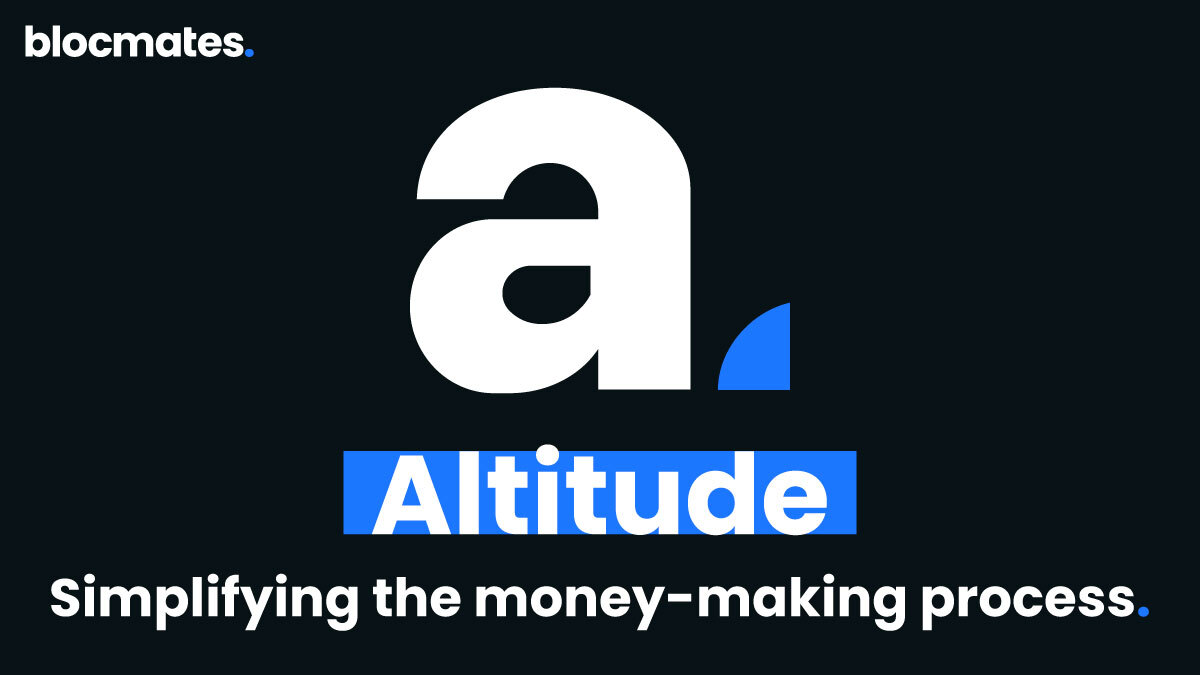
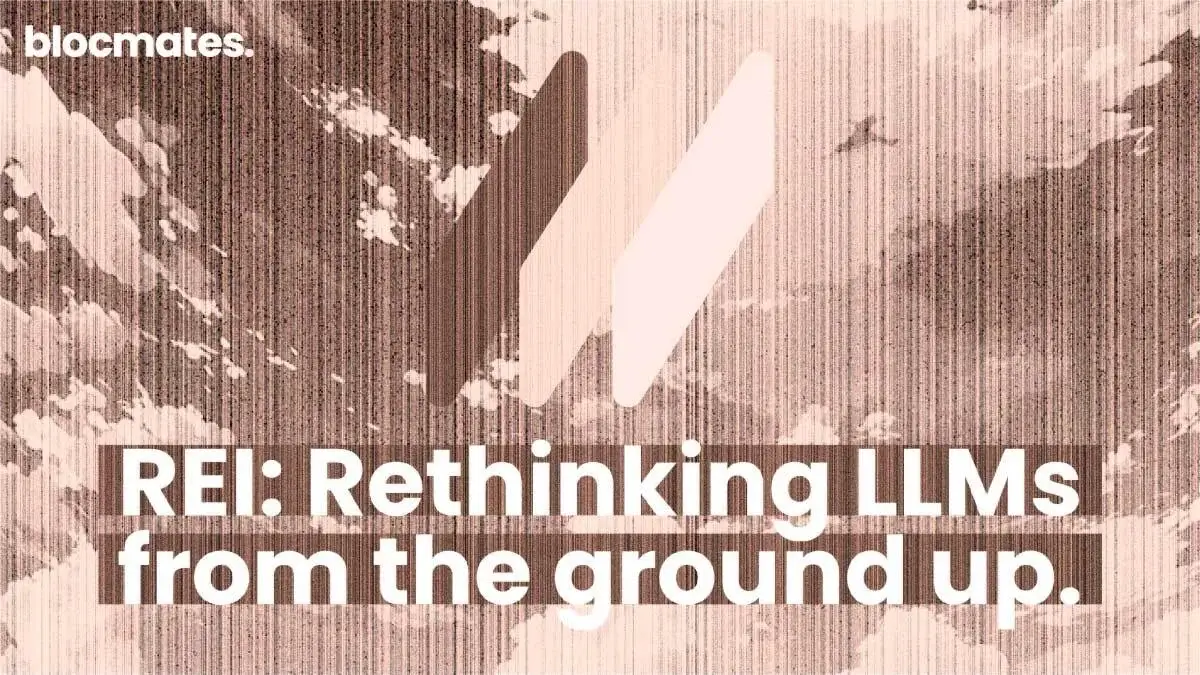
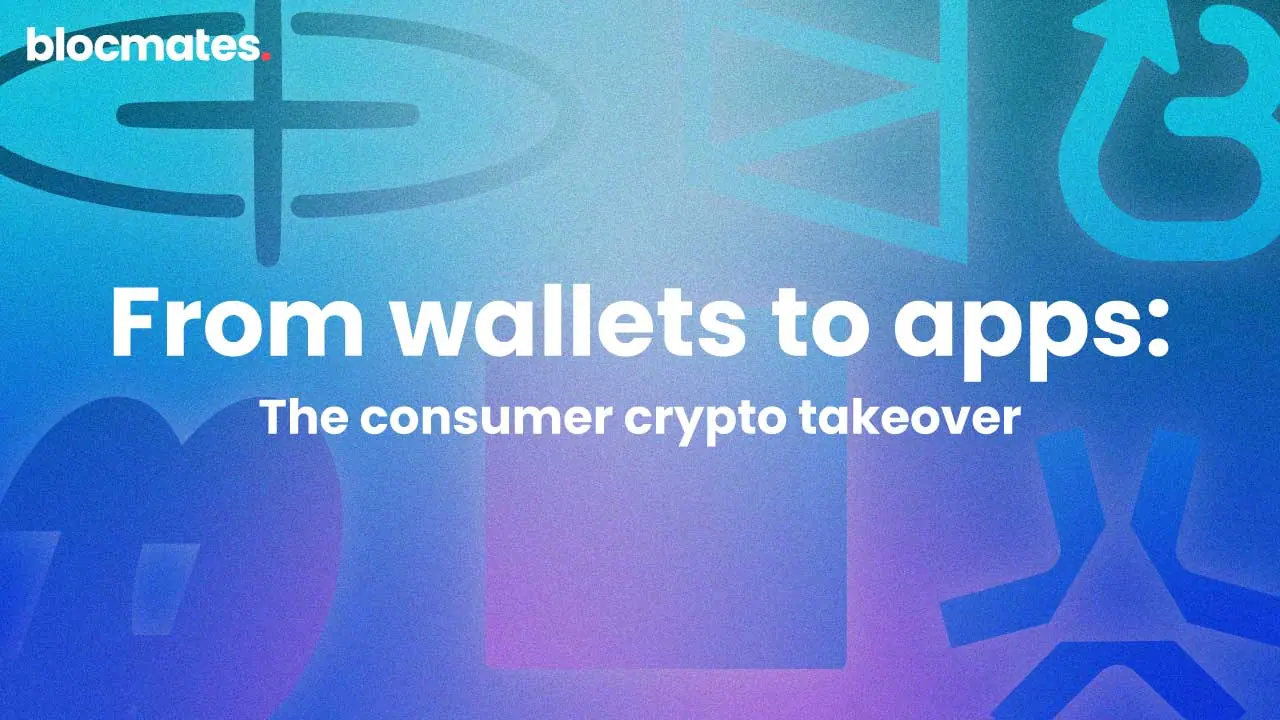
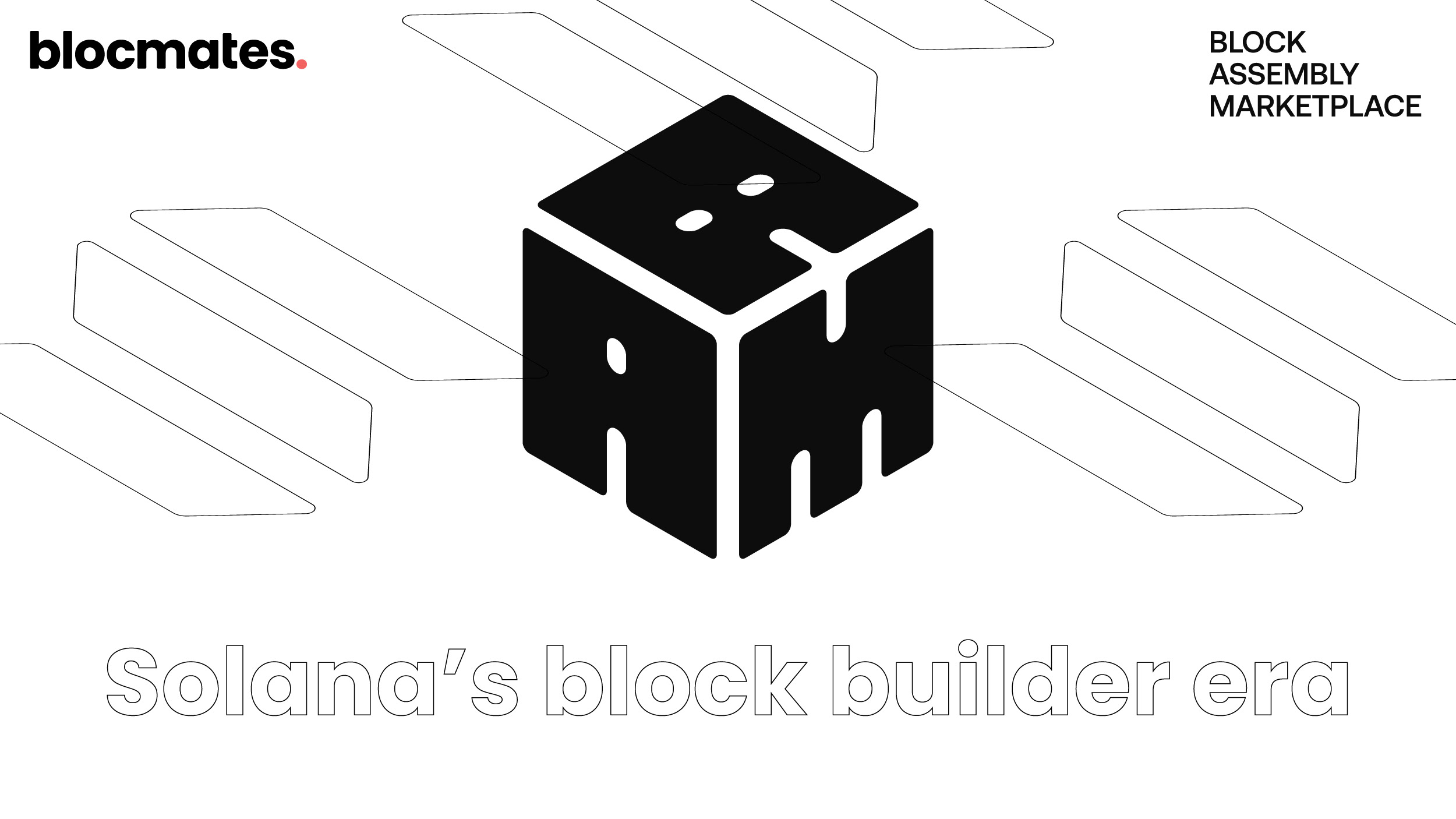

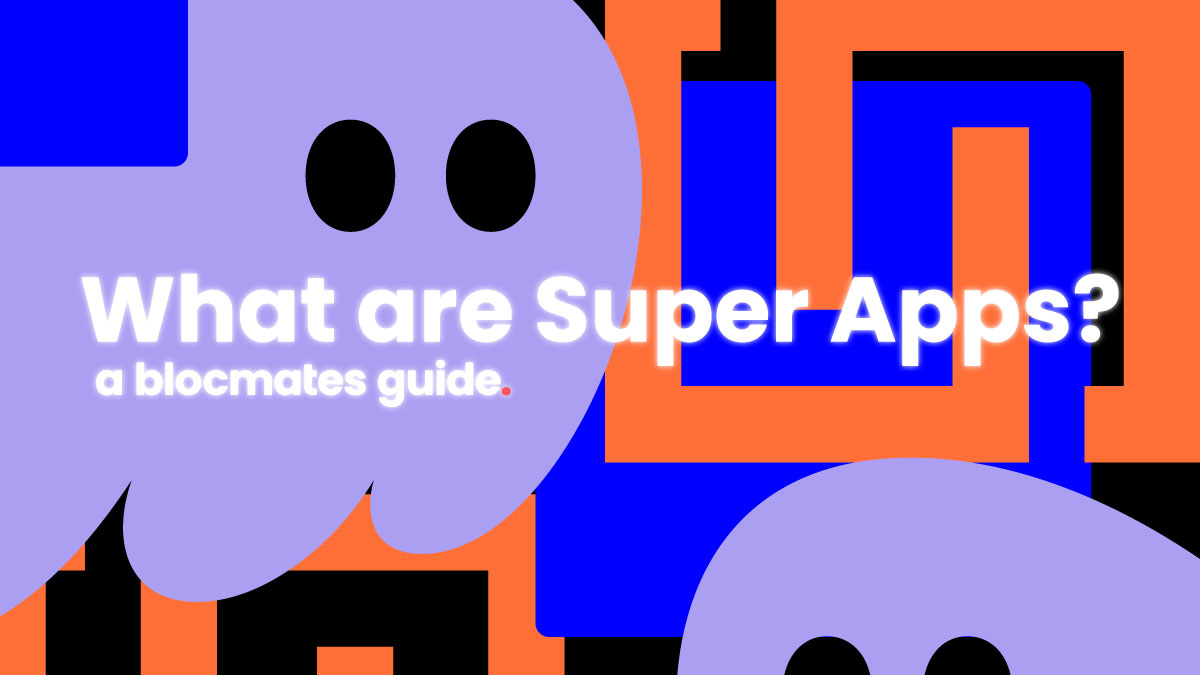
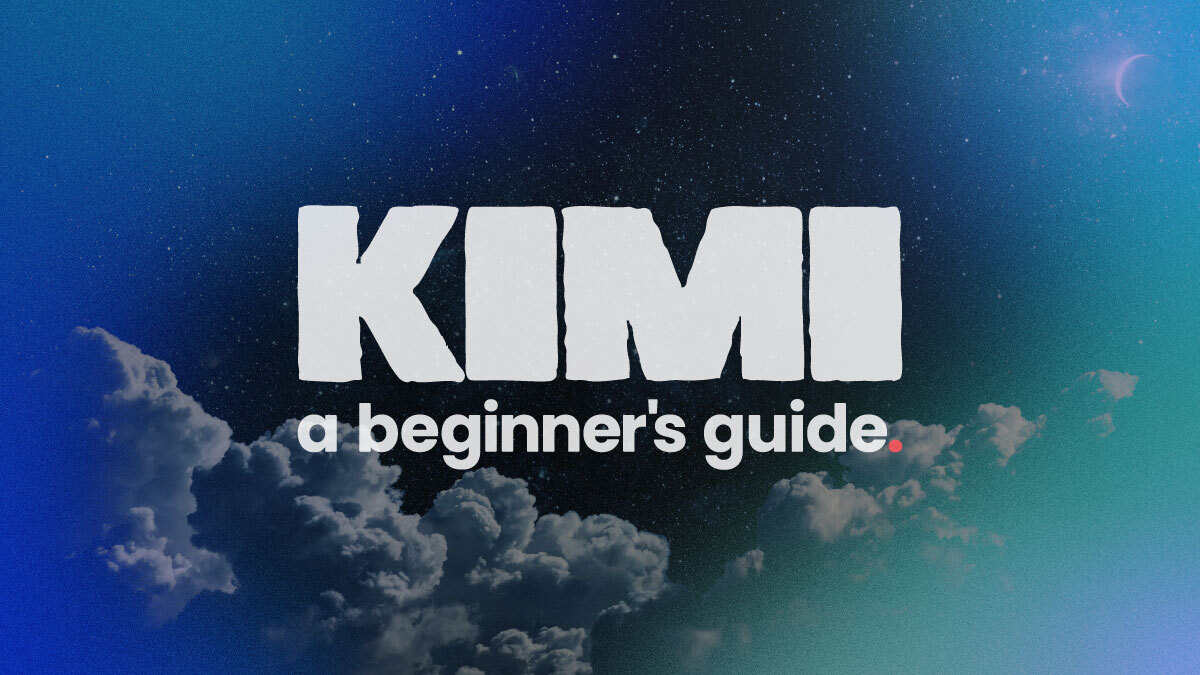
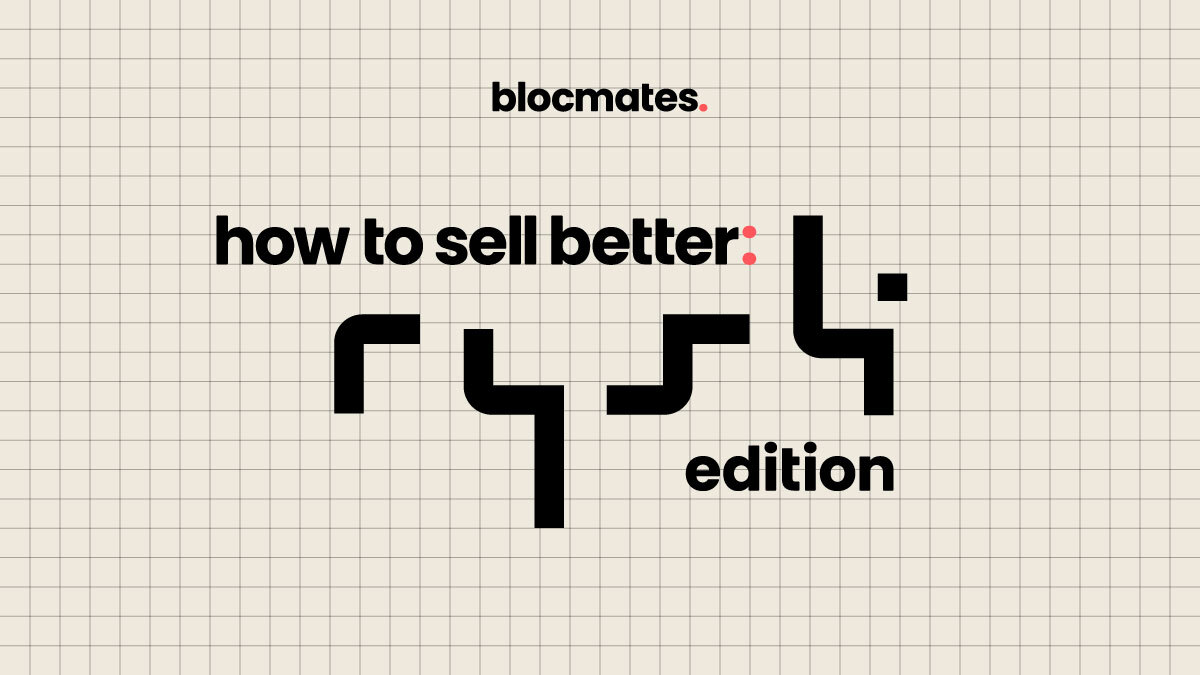
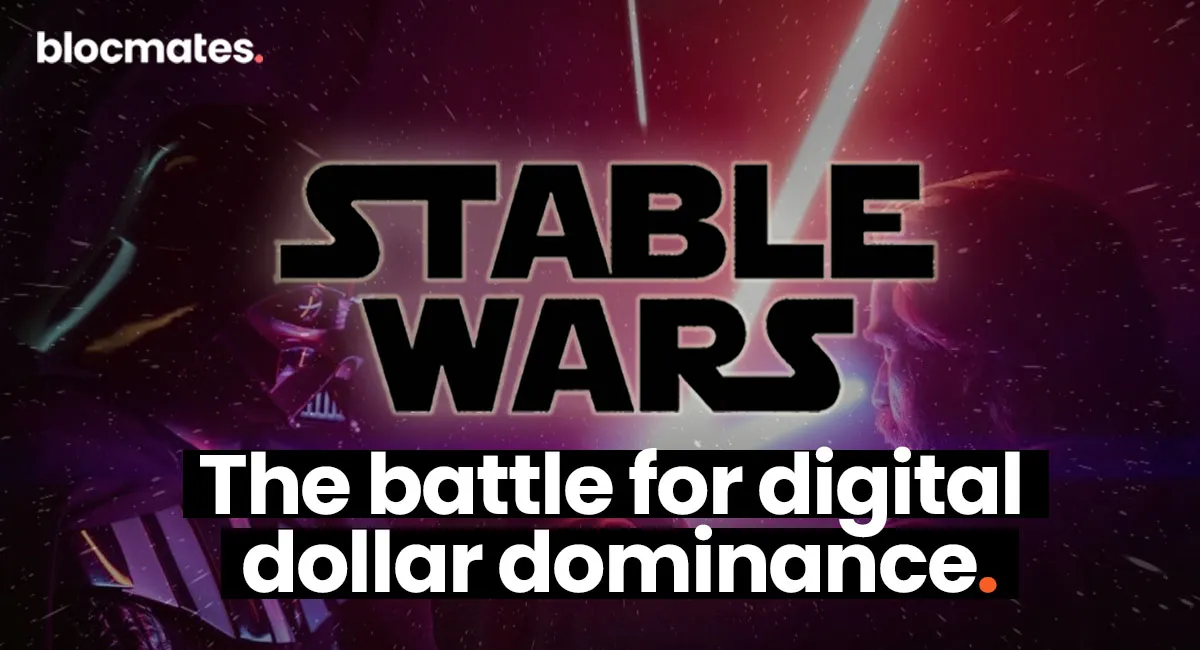

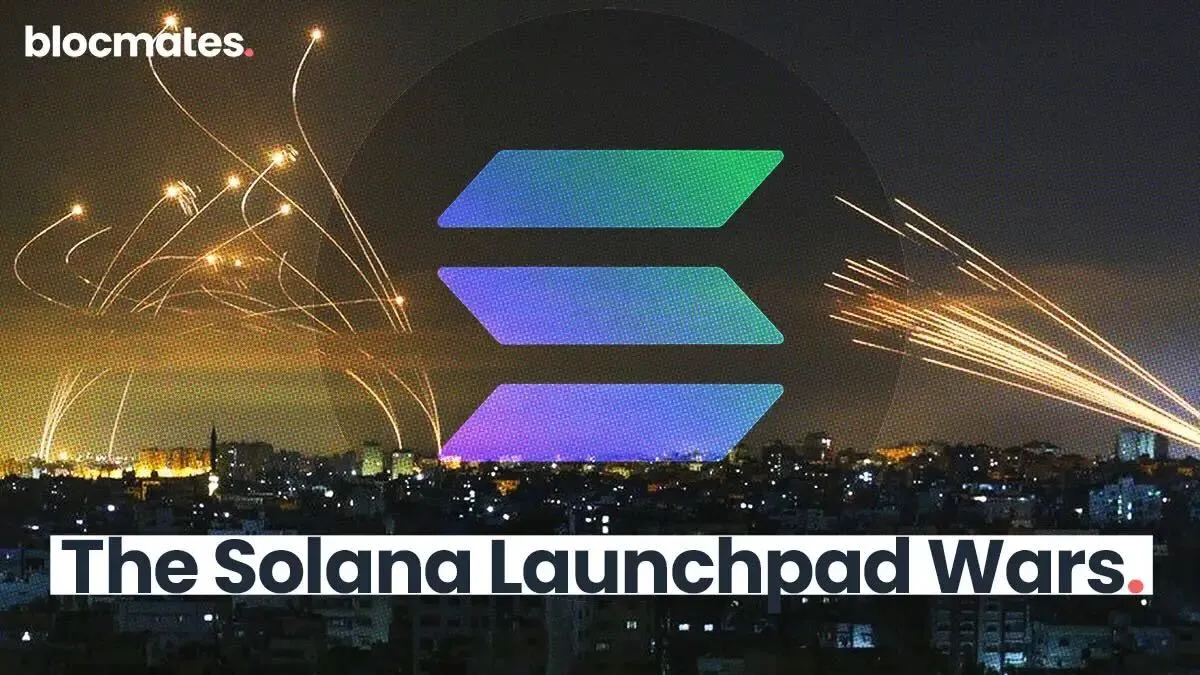




















%202.webp)


.webp)

.webp)
.webp)
.webp)


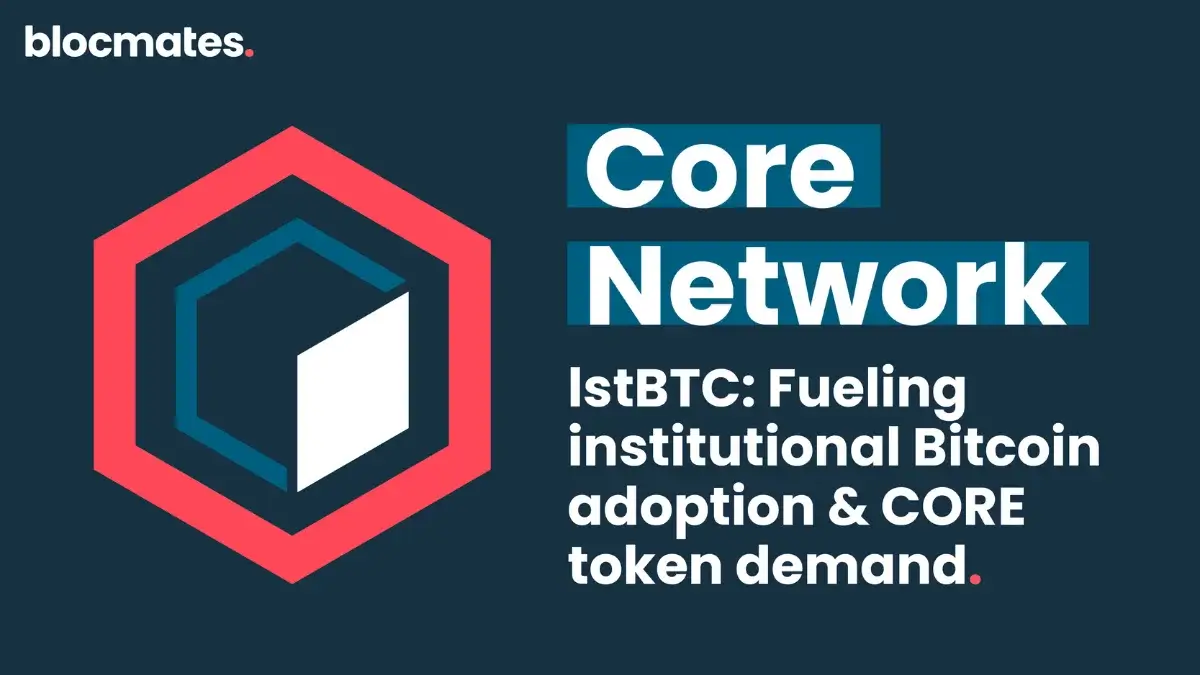
.webp)

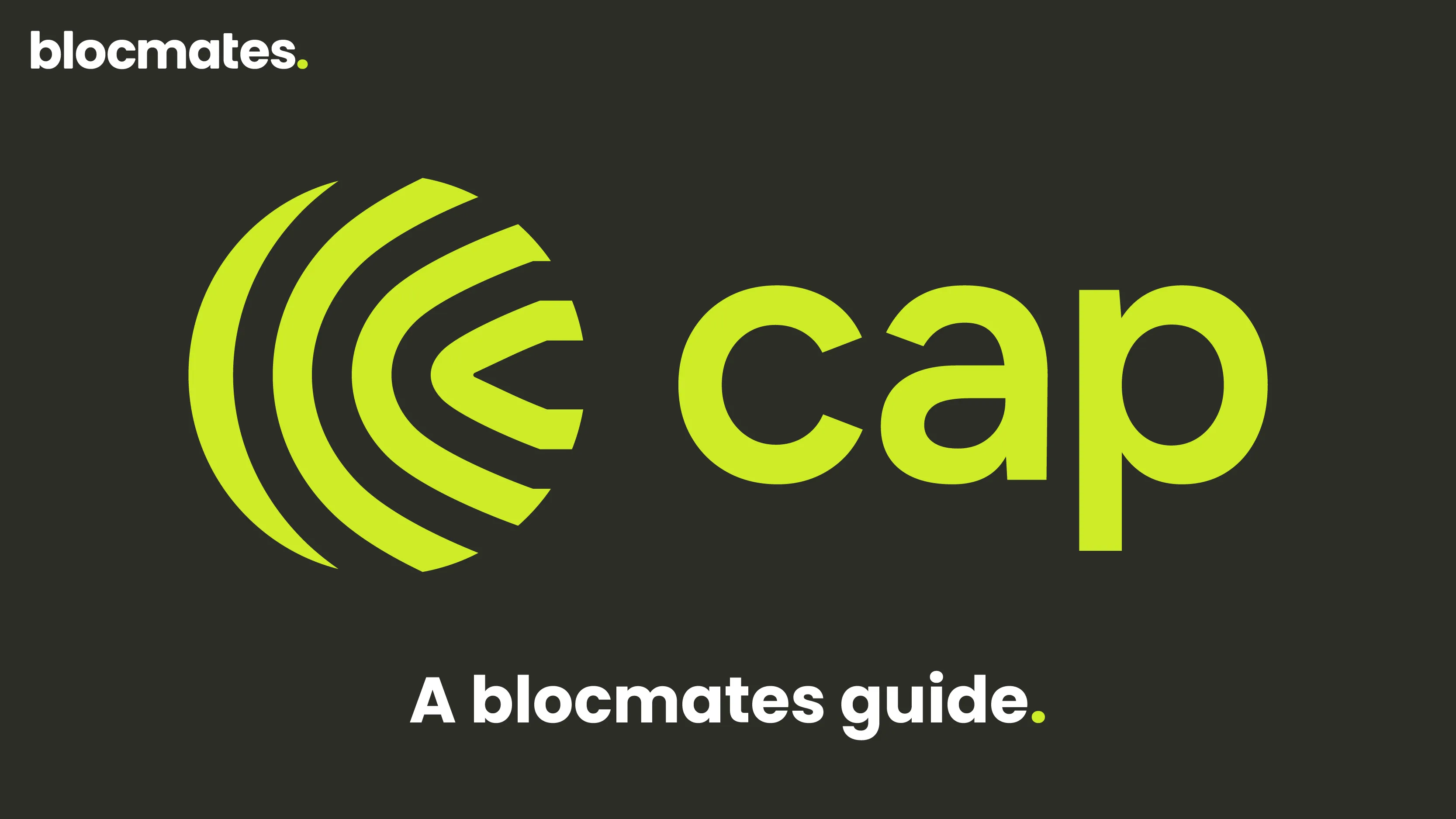









%20the%20Next%20Big%20Unlock%20in%20AI.webp)














.webp)
.webp)
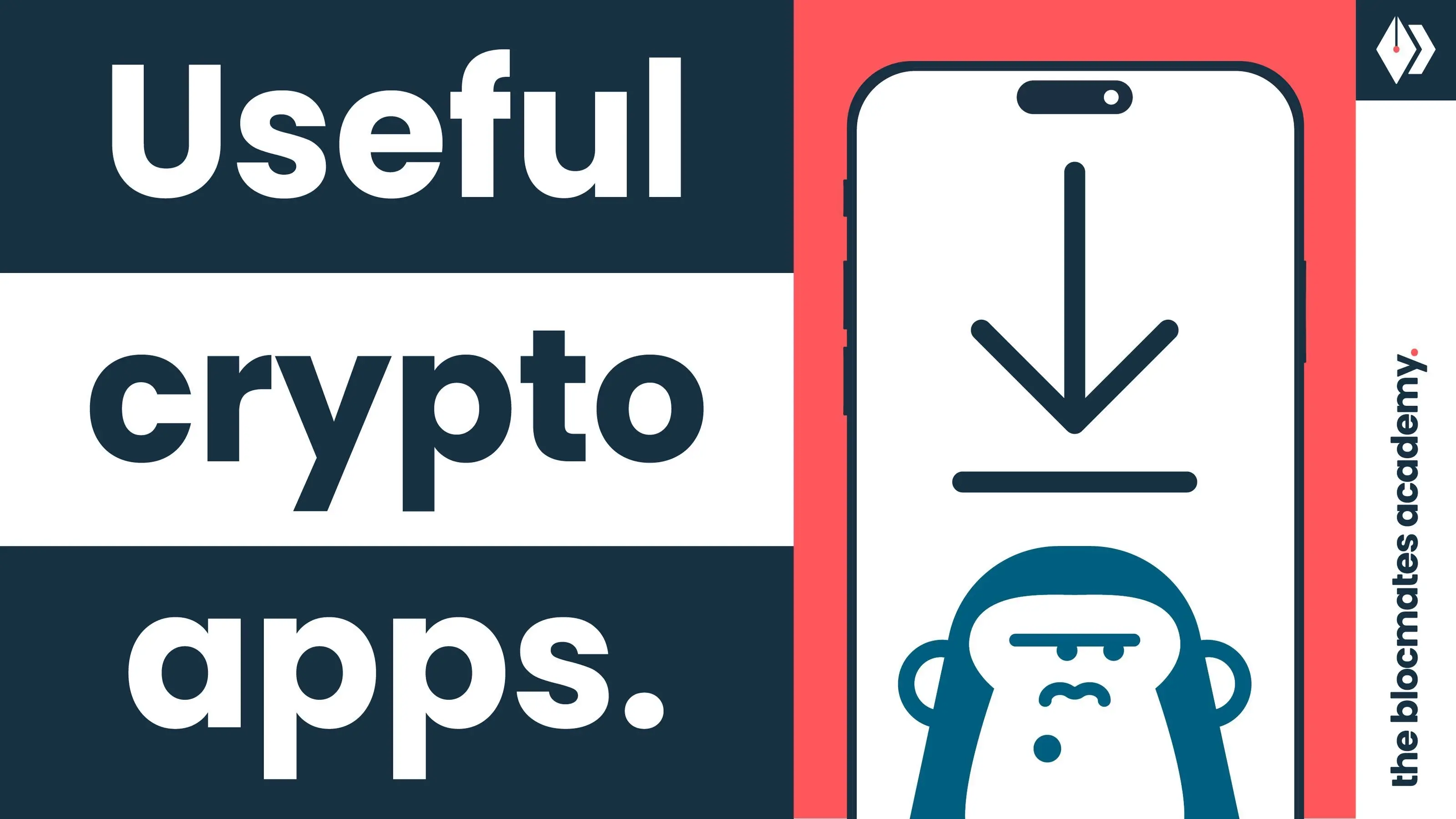
.webp)
.webp)
.webp)


.webp)
.webp)










.webp)


.webp)






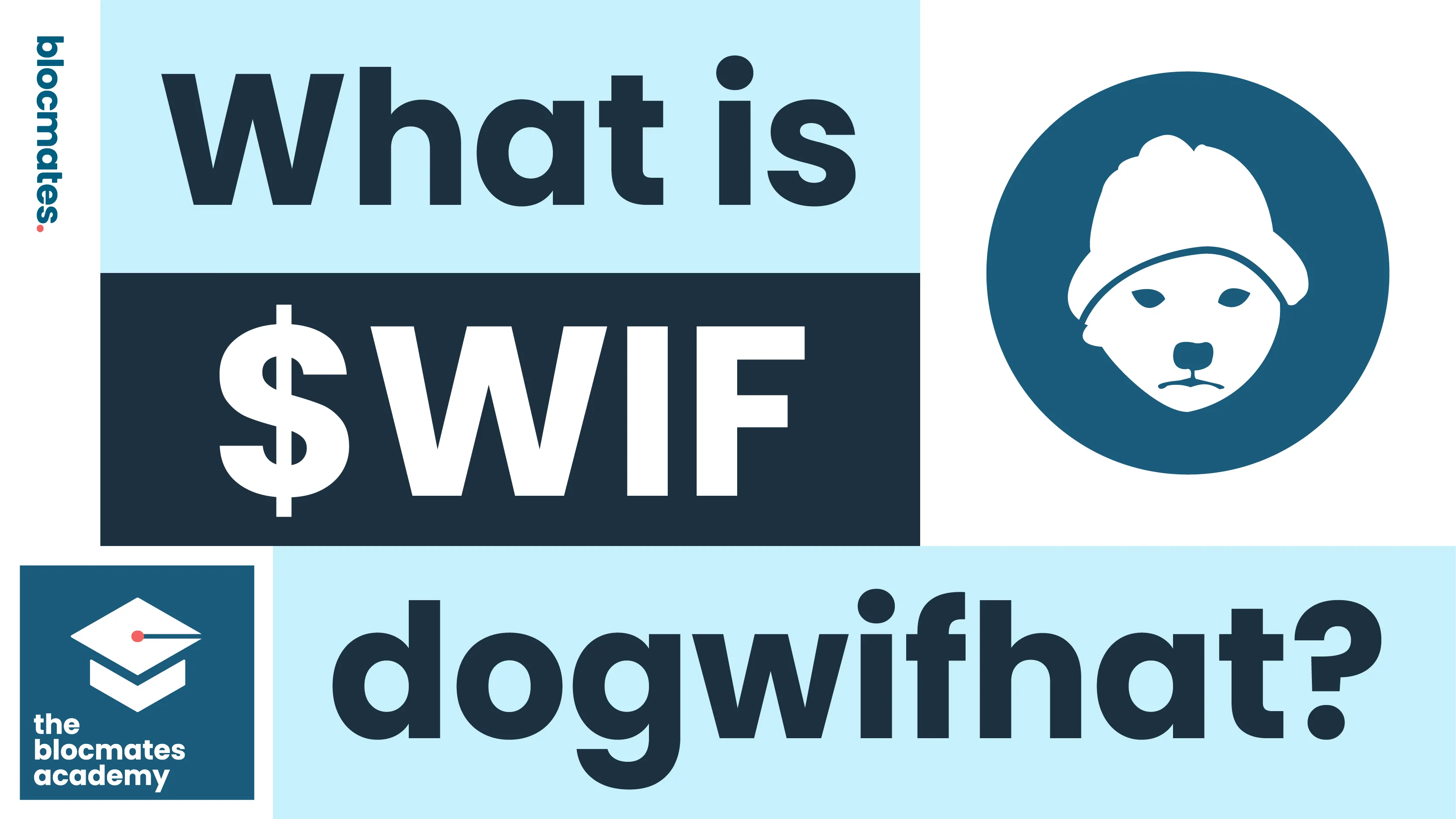


.webp)







.webp)
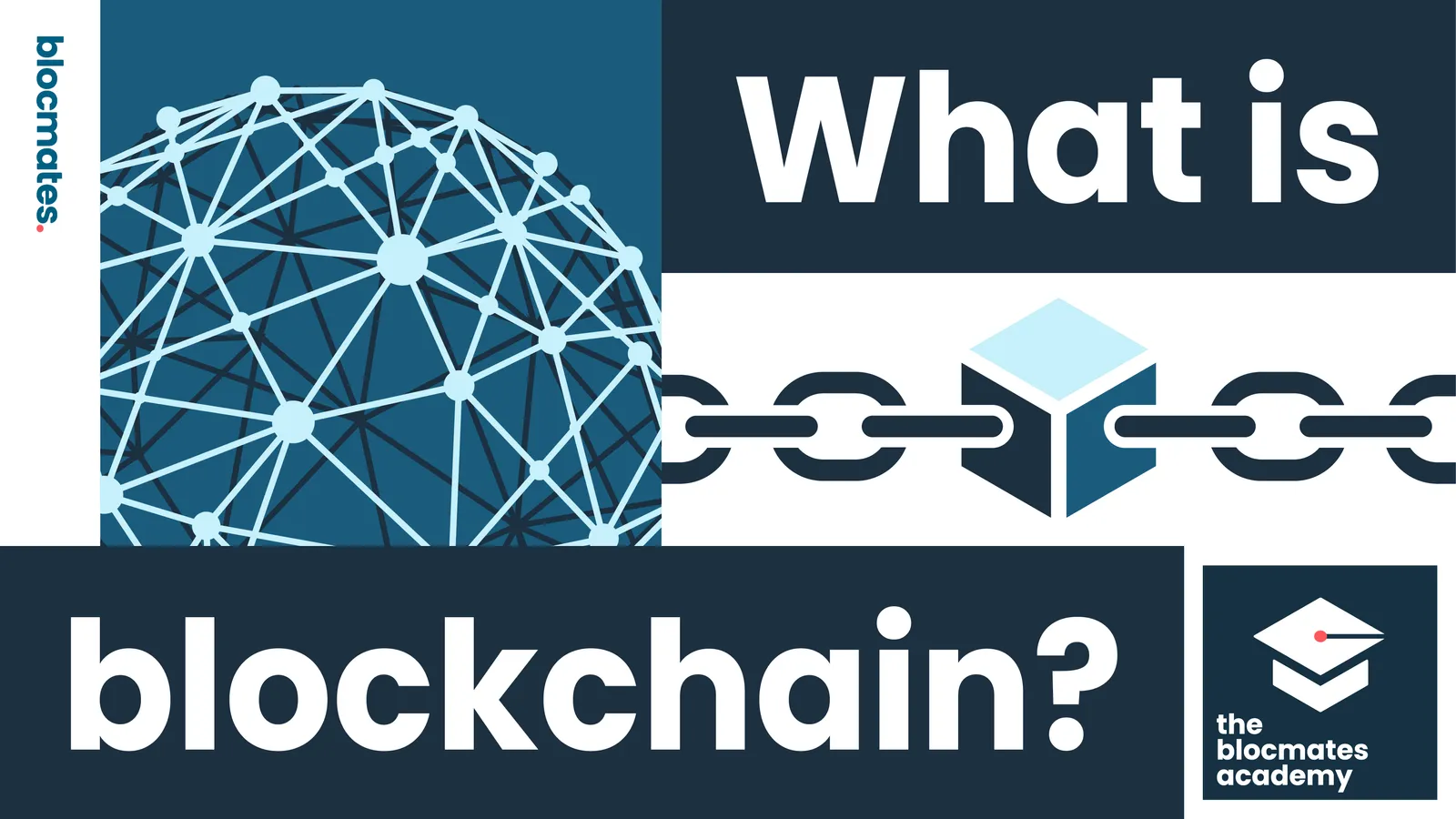



.webp)








.webp)
.webp)
.webp)



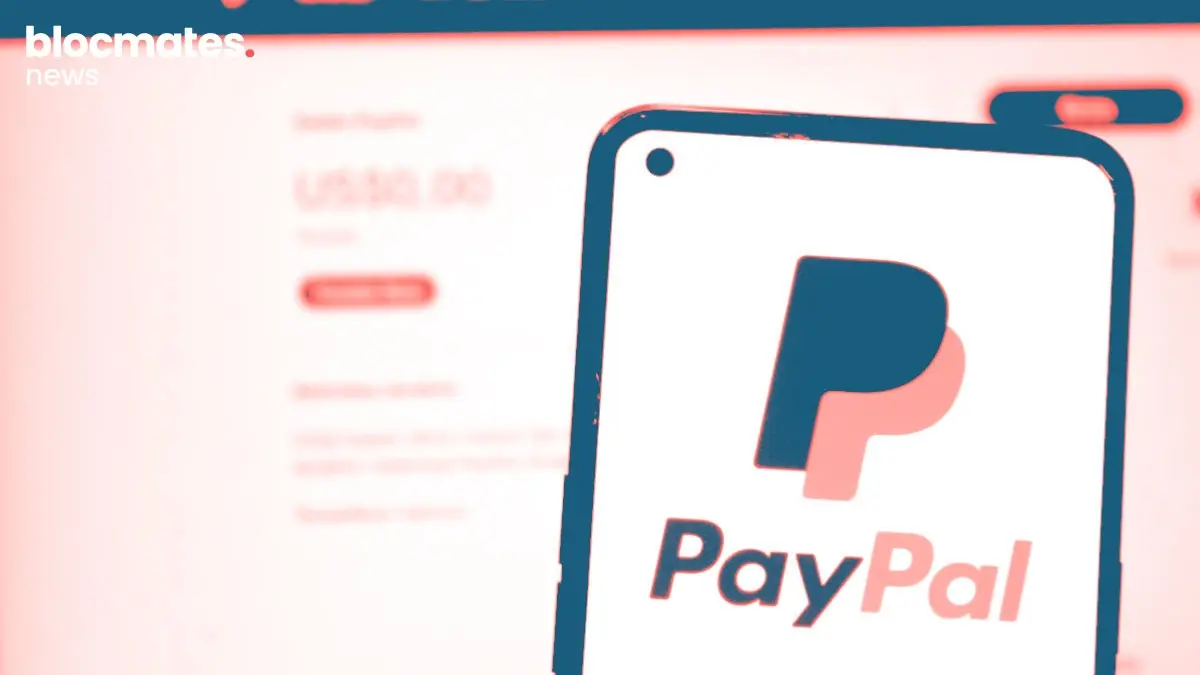
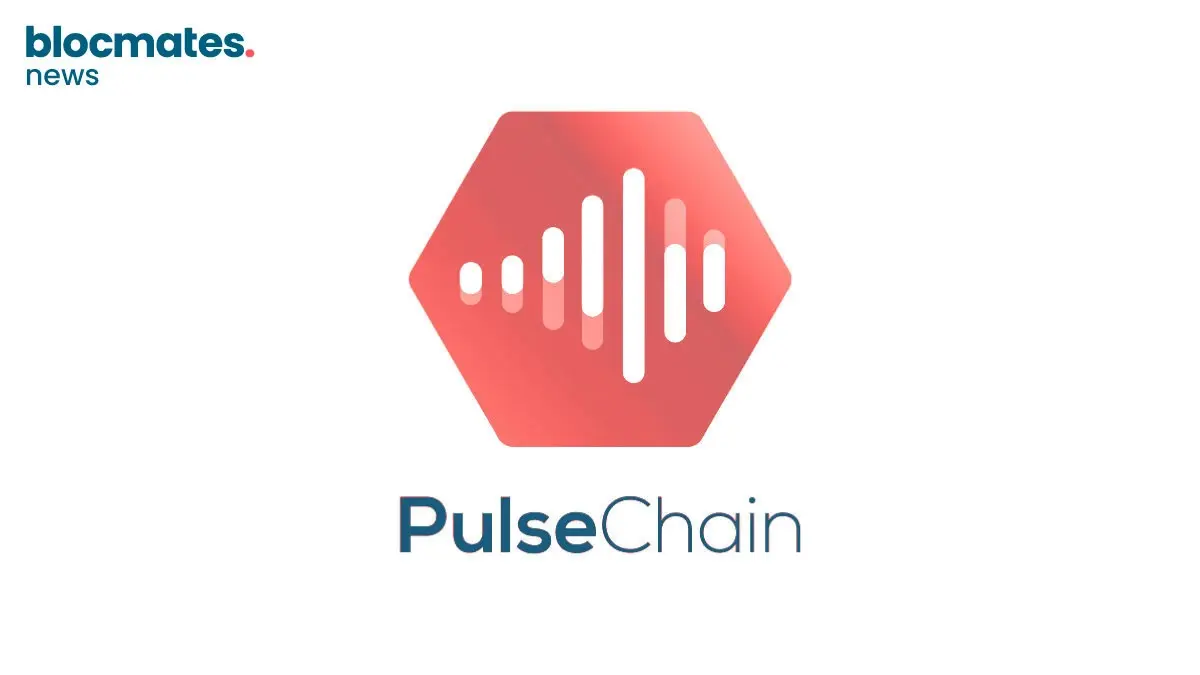
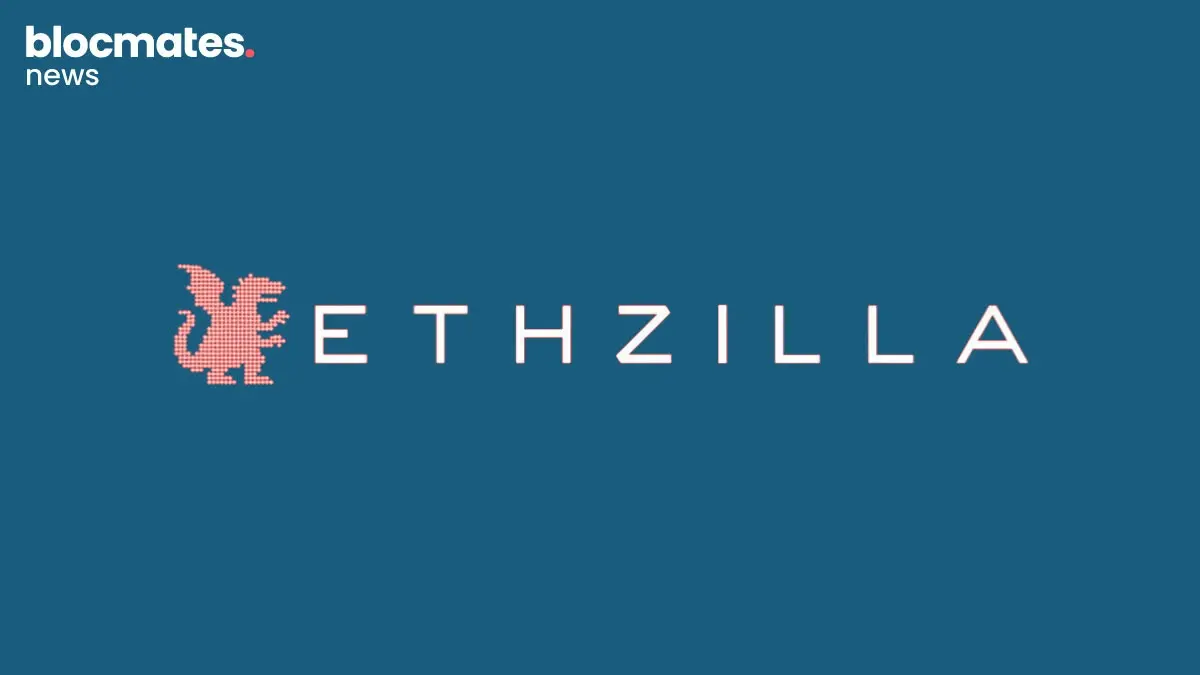
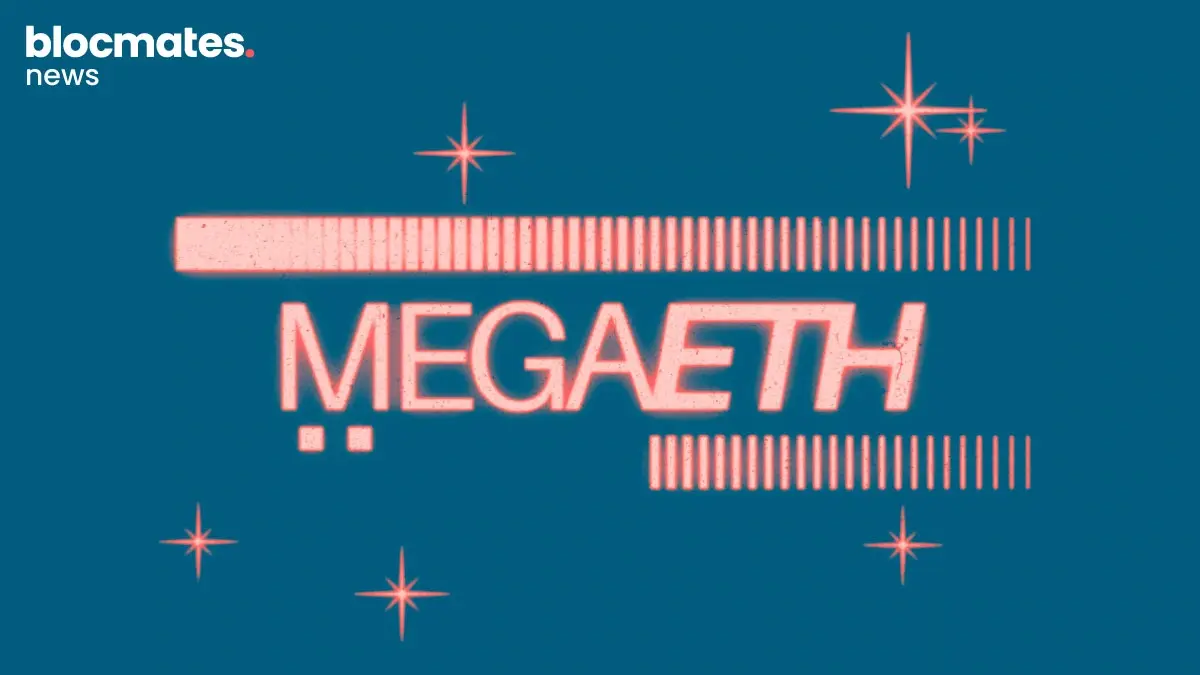

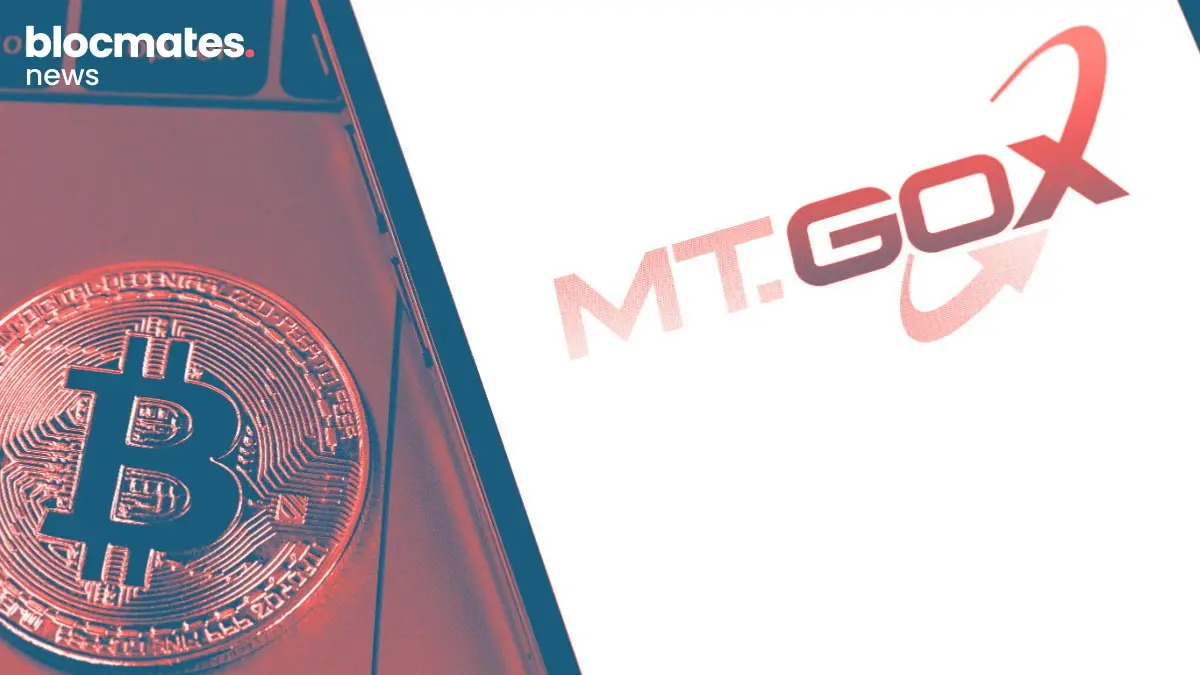
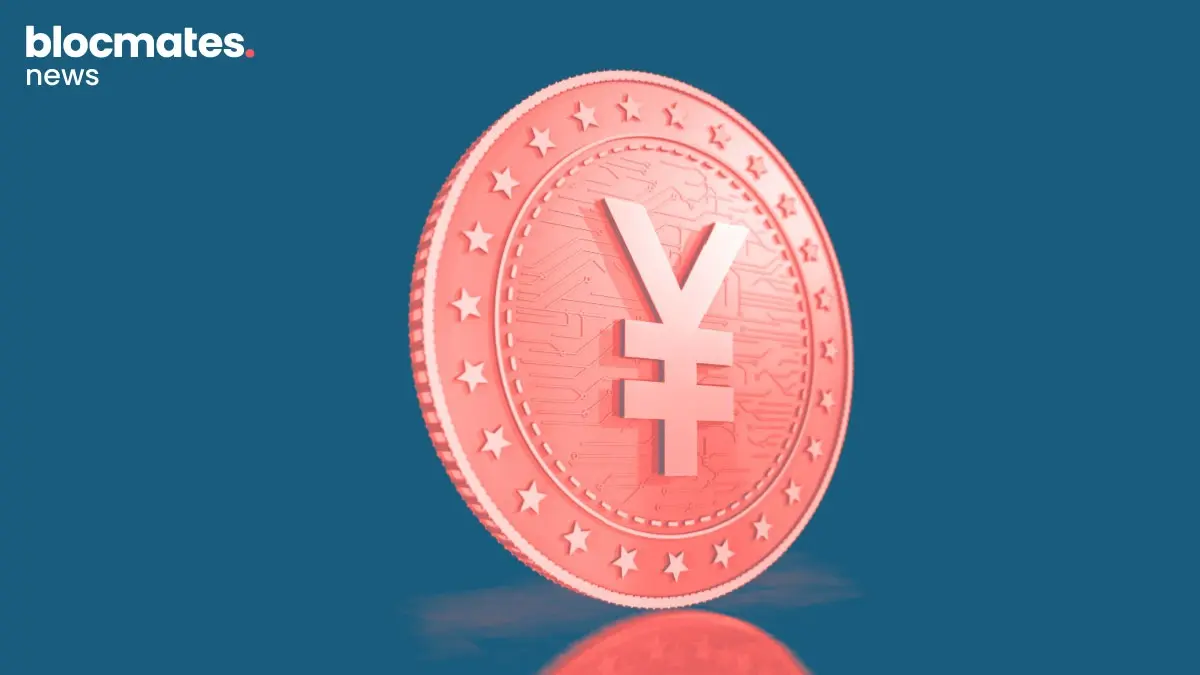
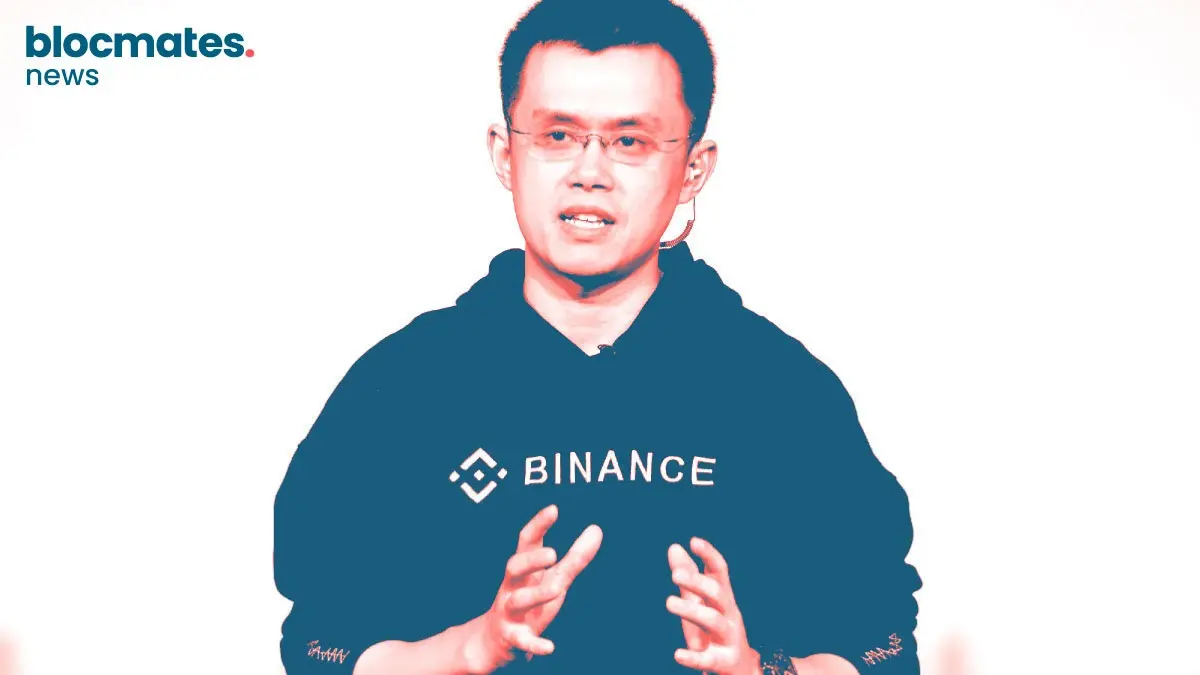


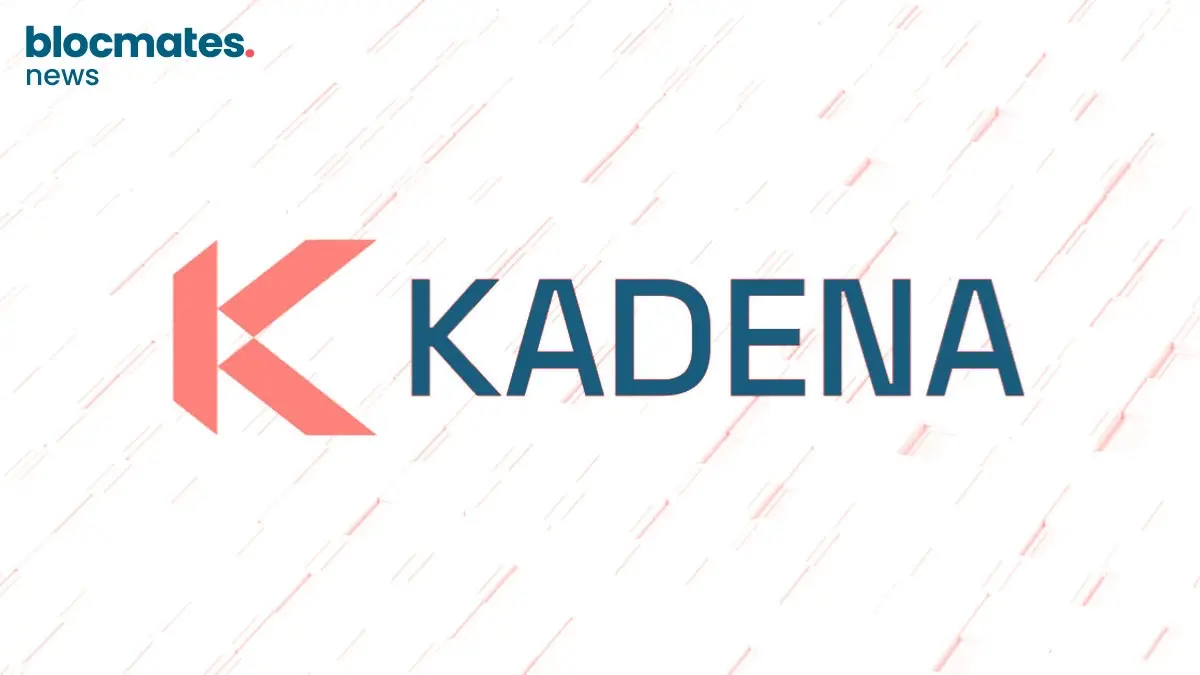

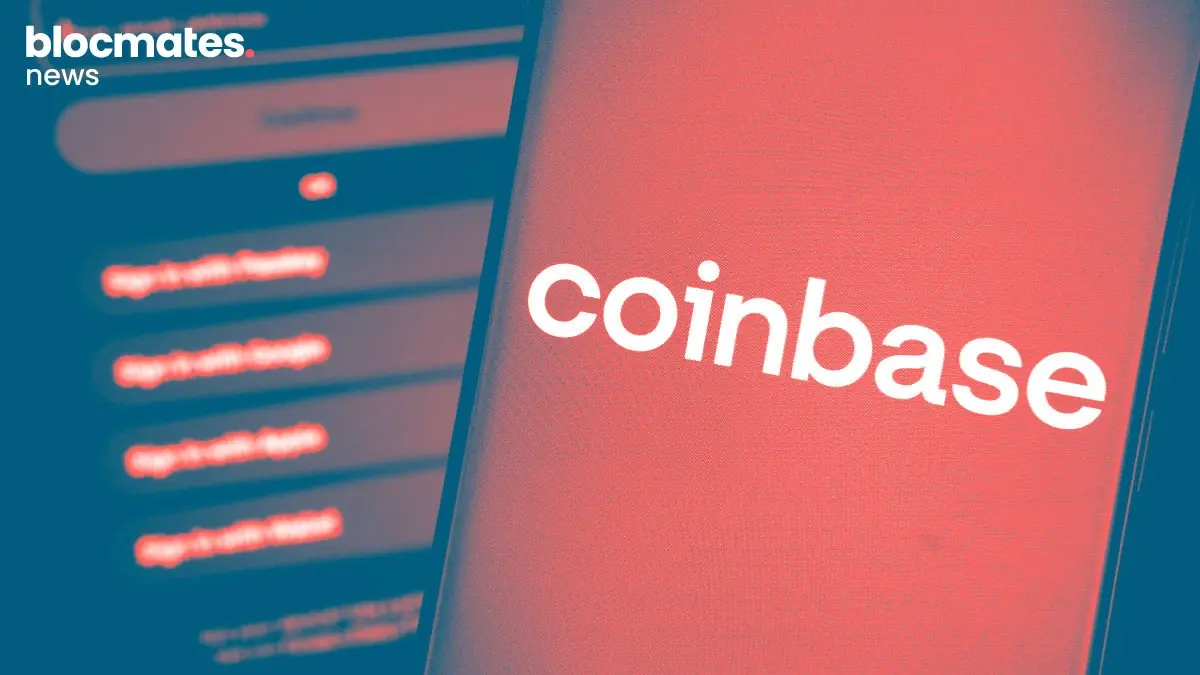
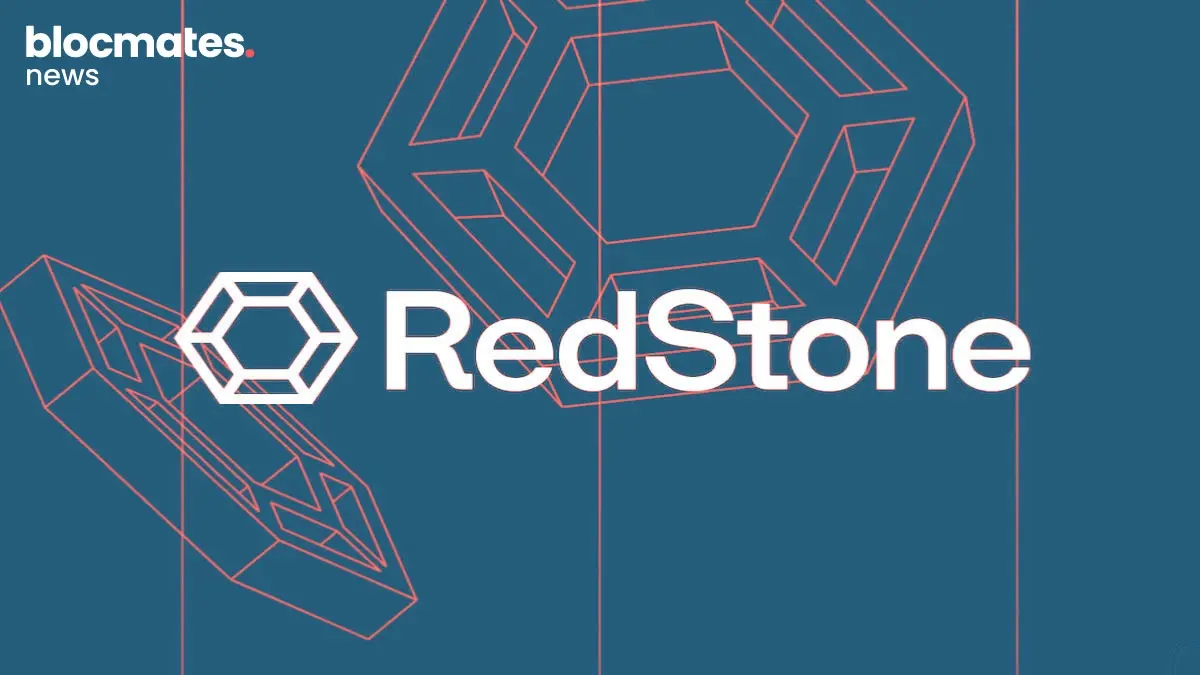
.webp)

.webp)
.webp)

.webp)

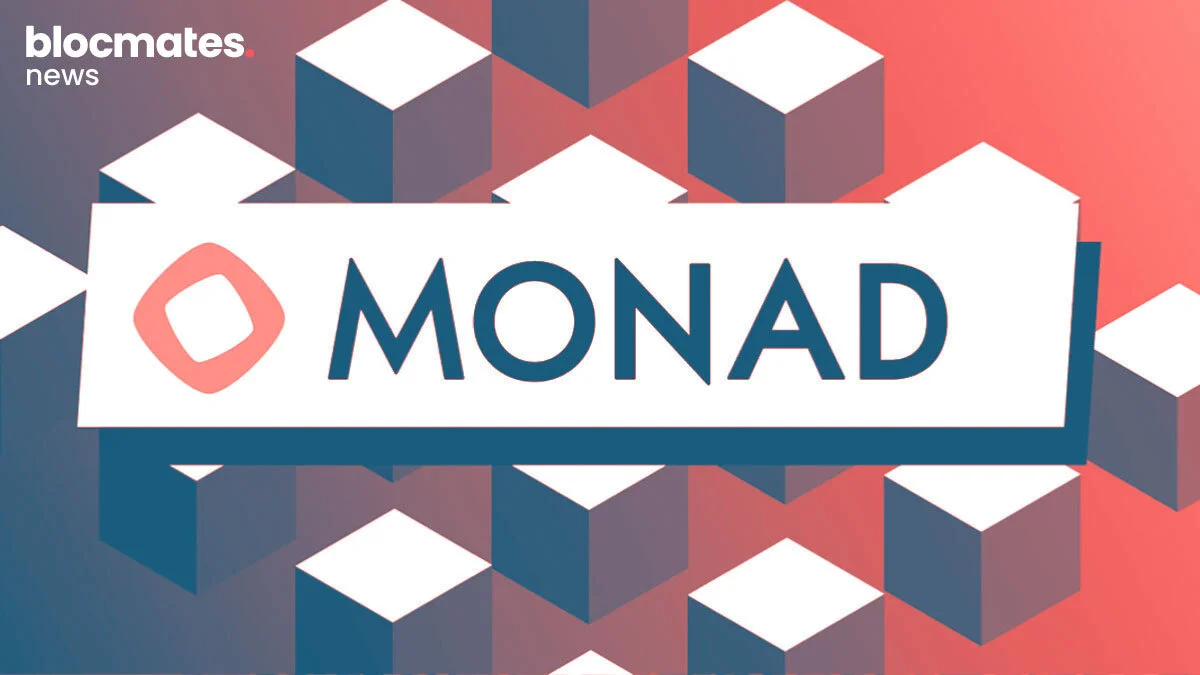

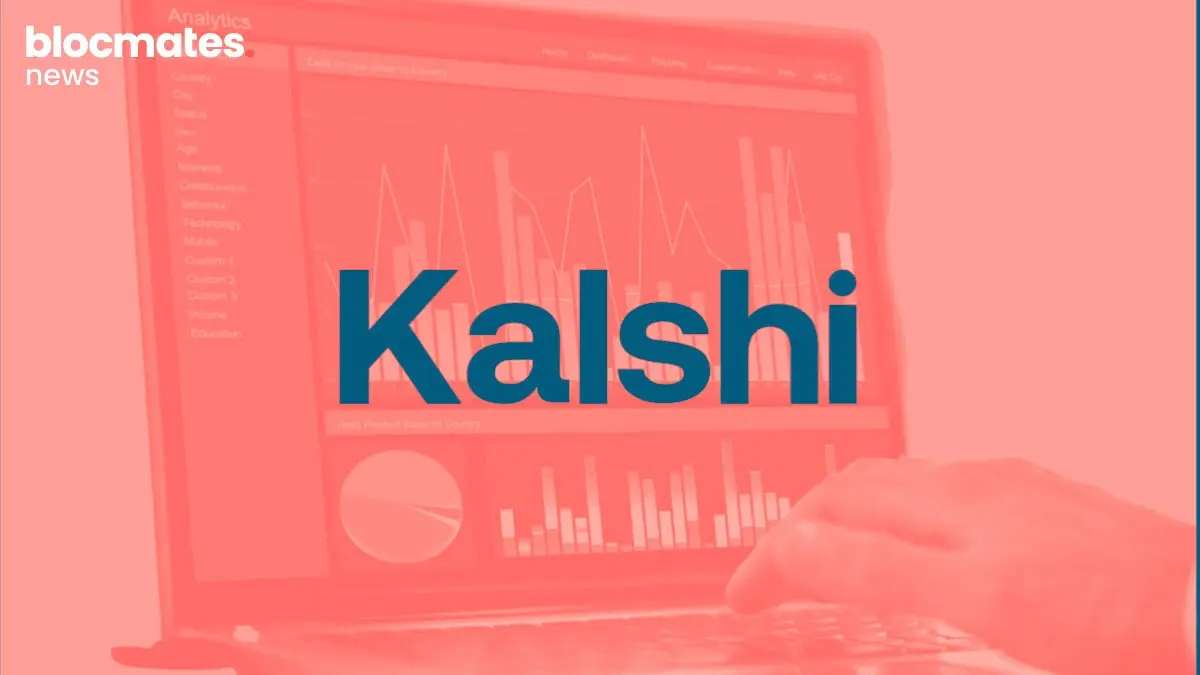




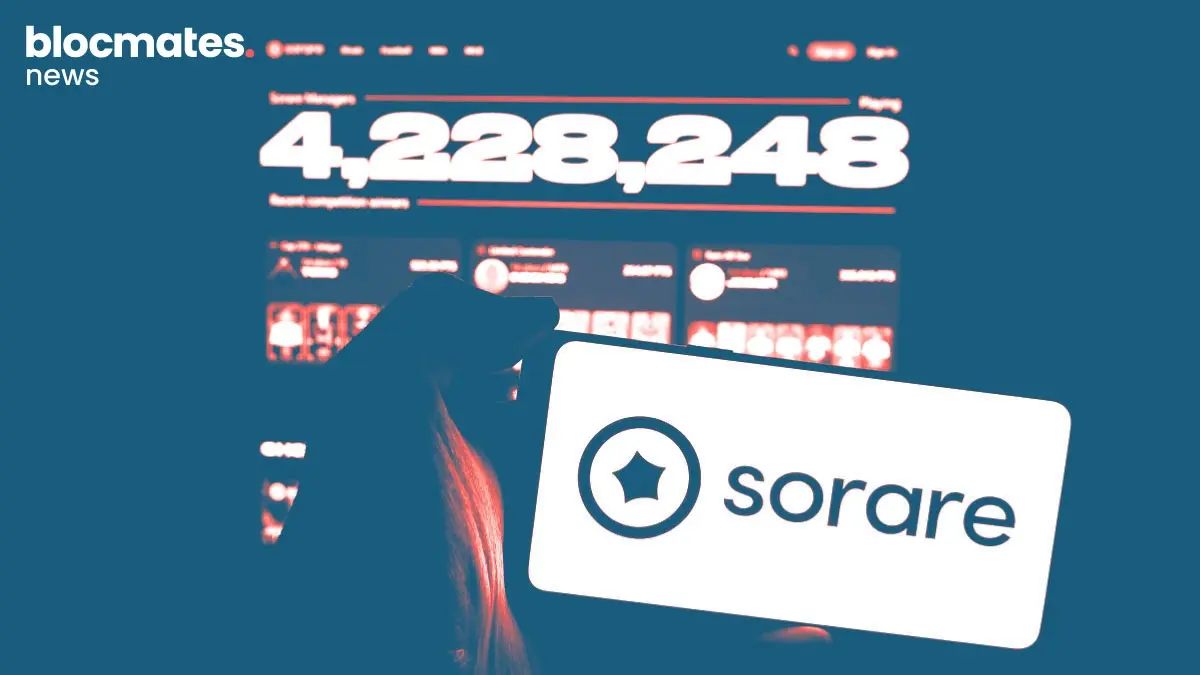

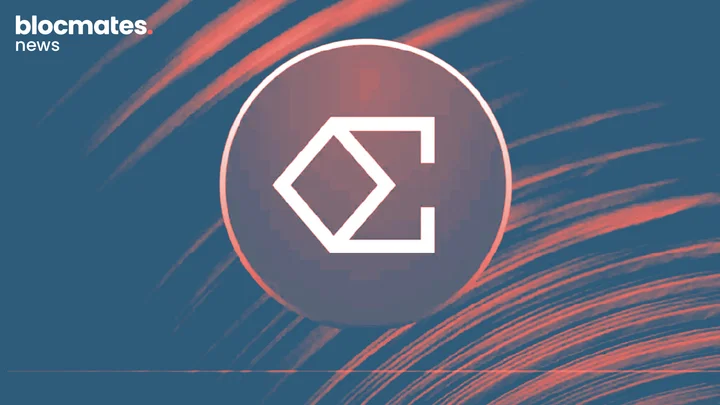


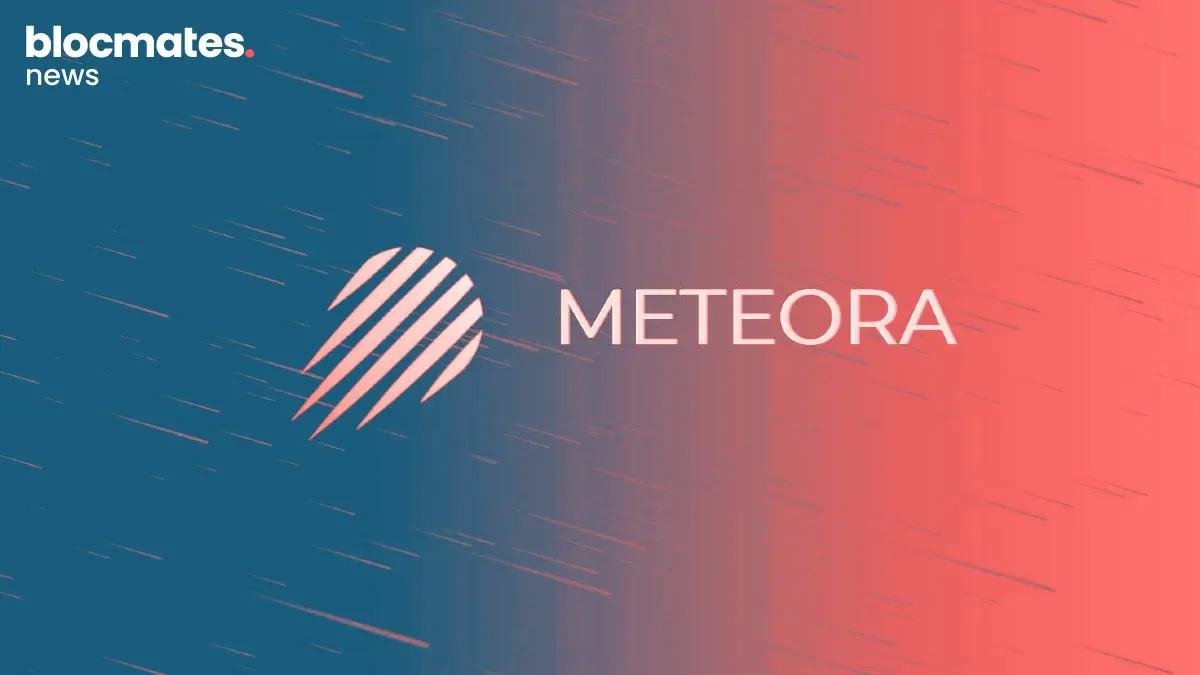


.webp)

.webp)


.webp)



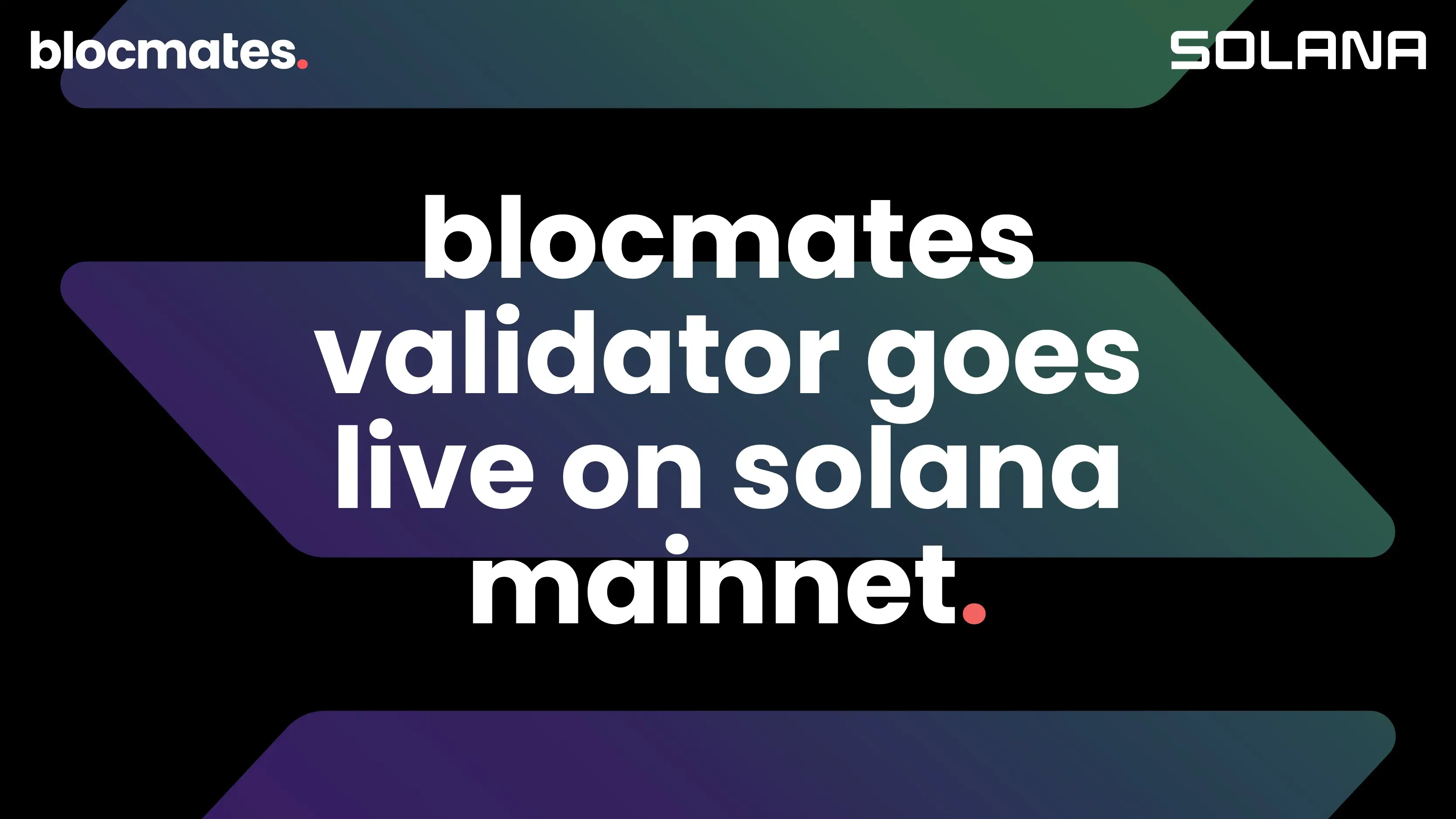
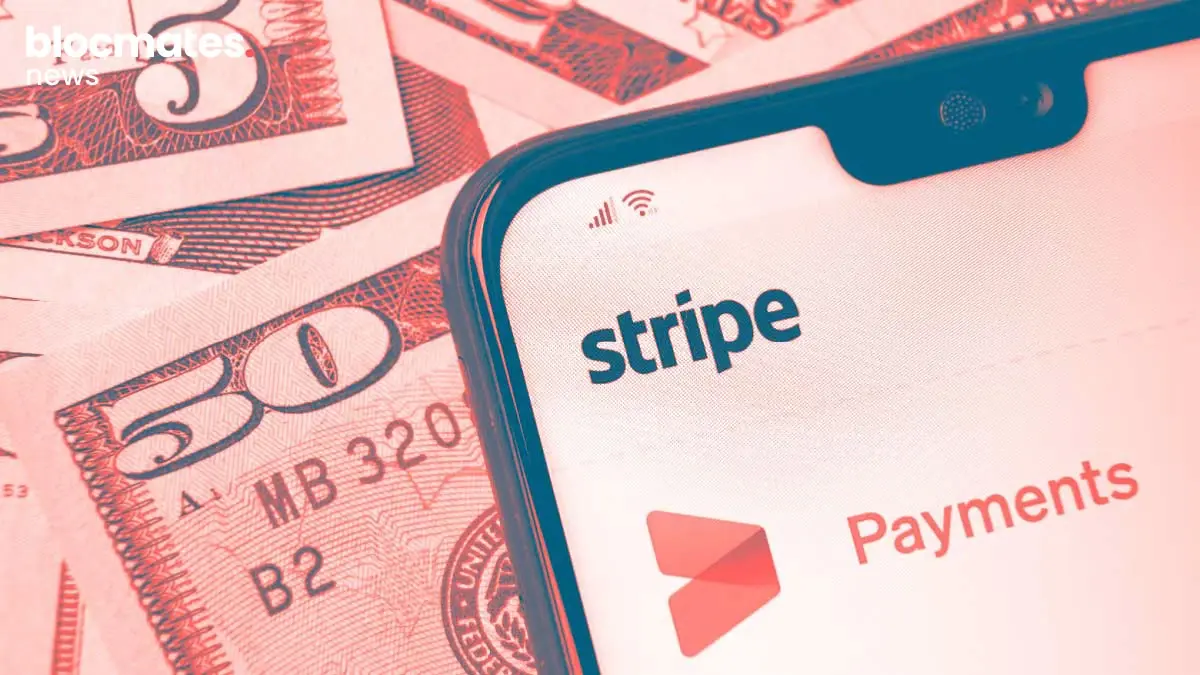
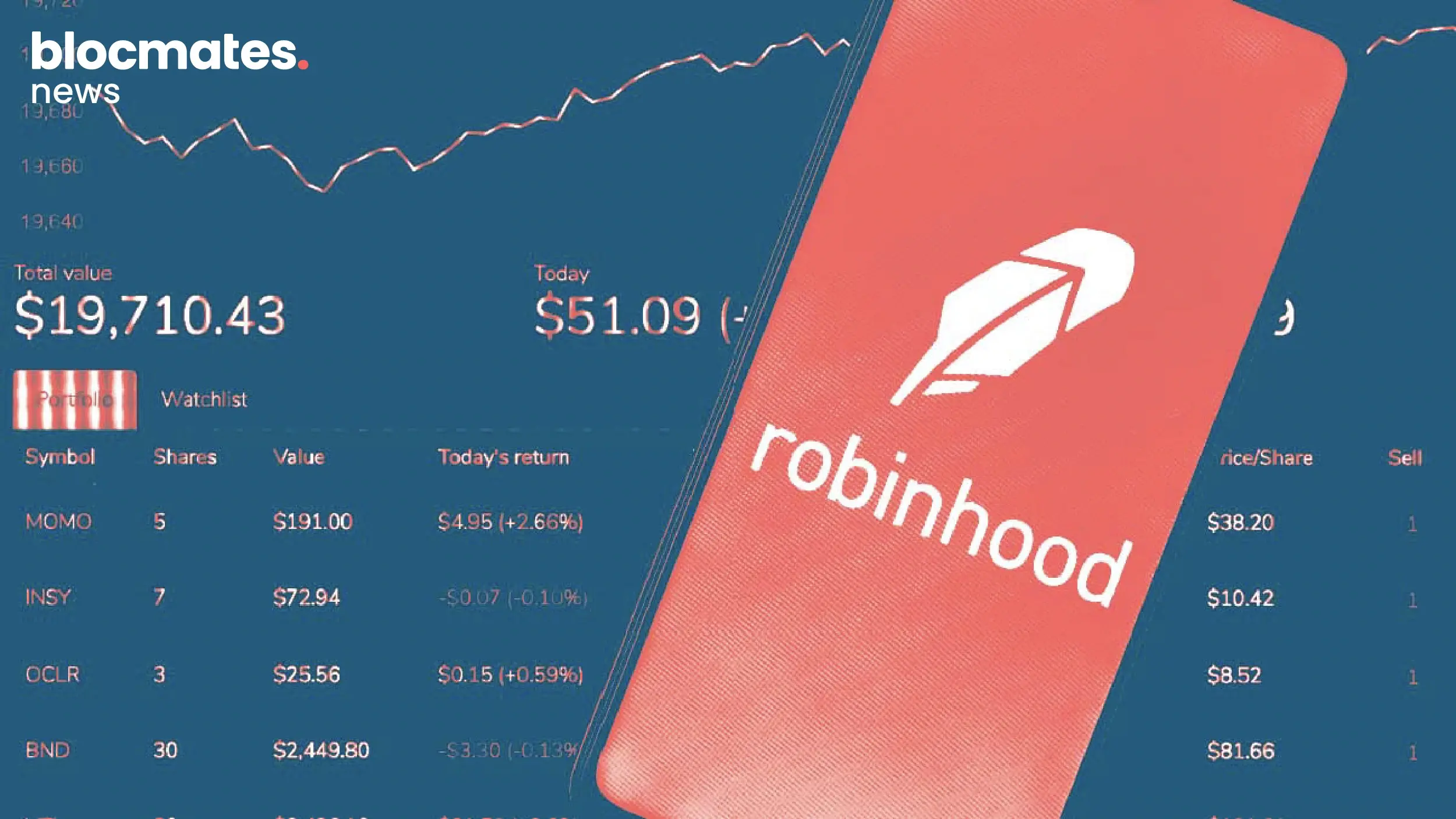


.webp)
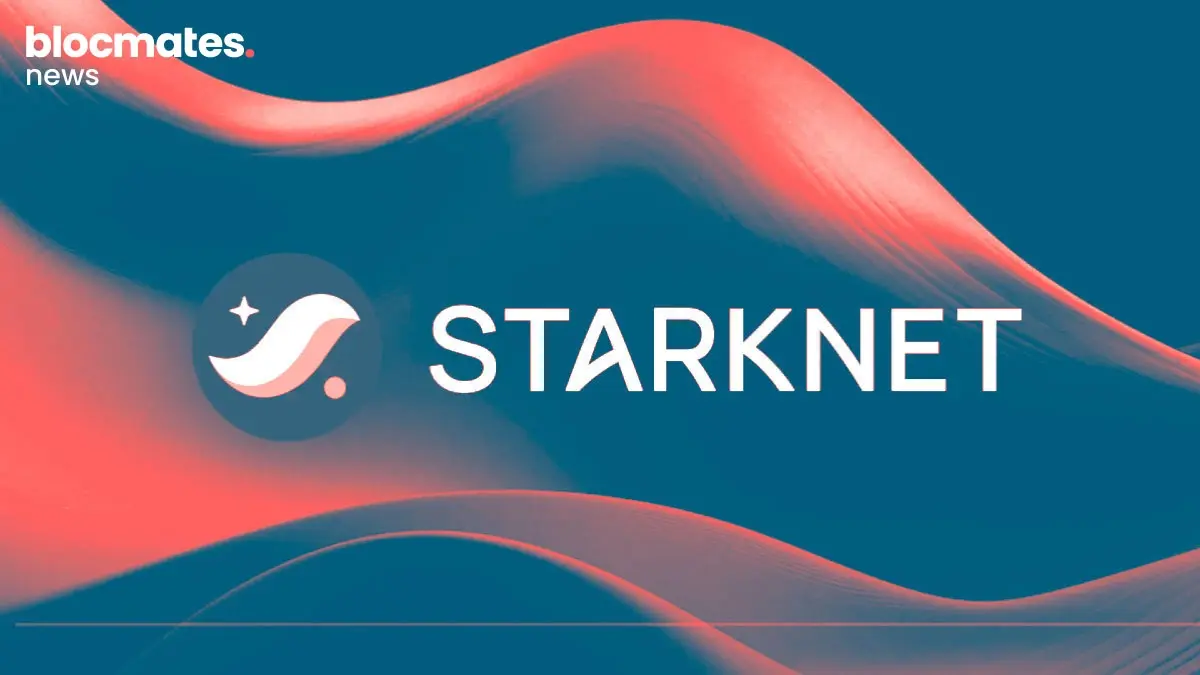




.webp)


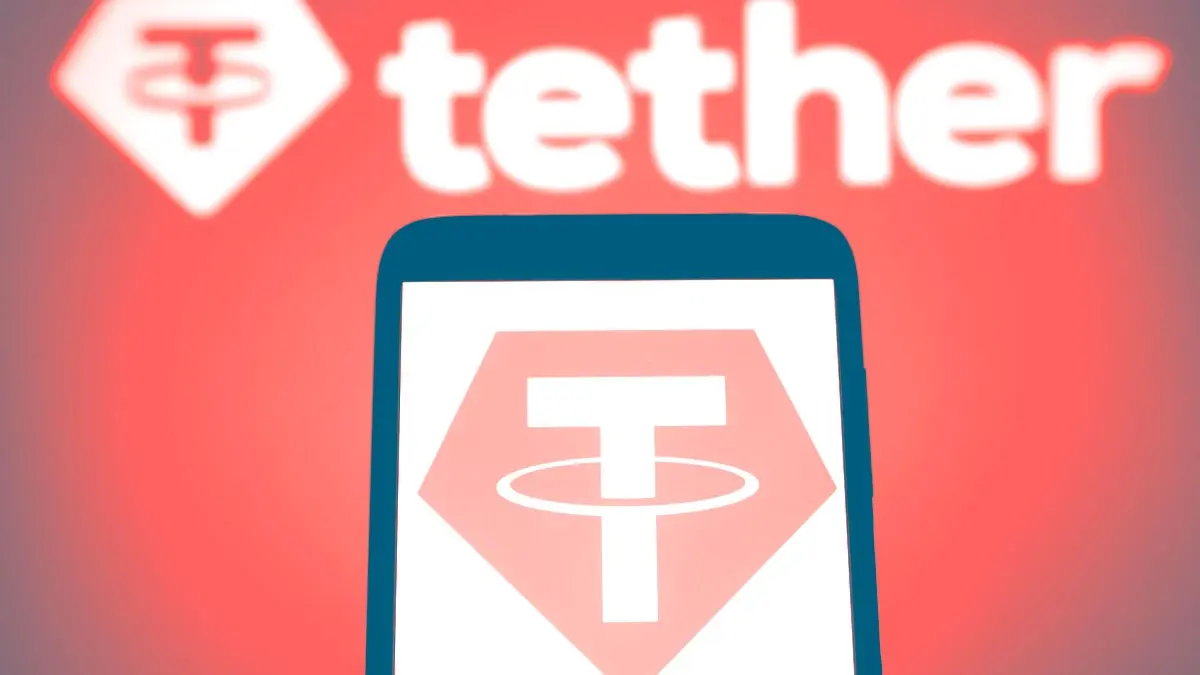

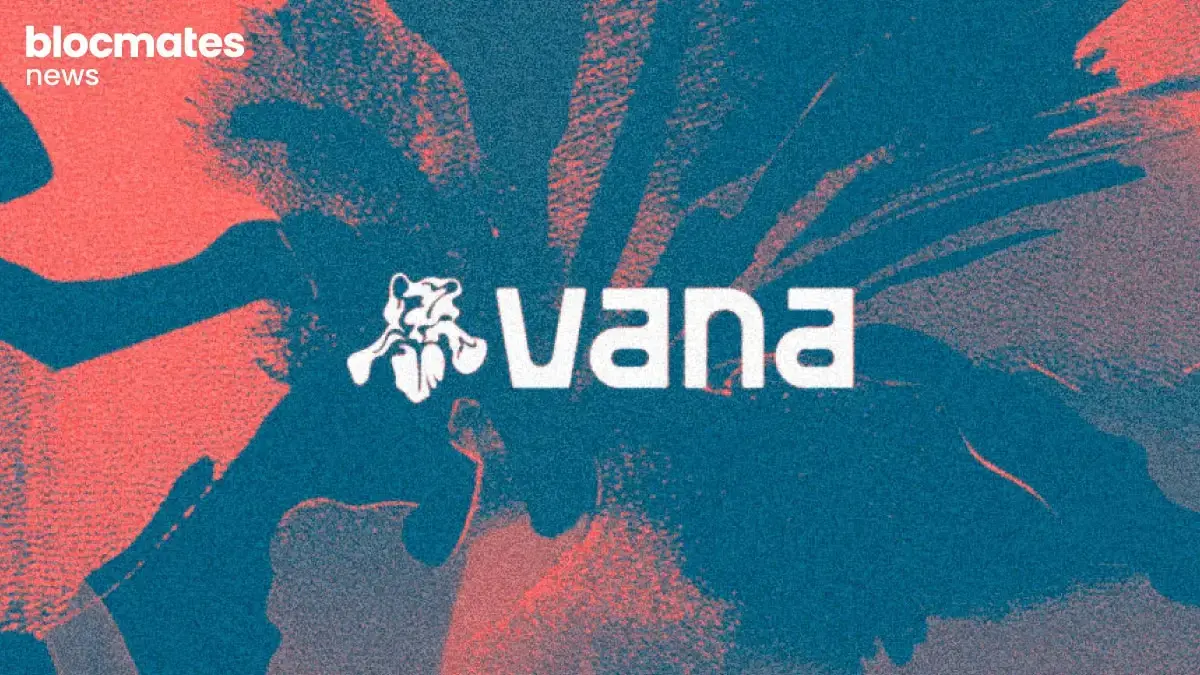




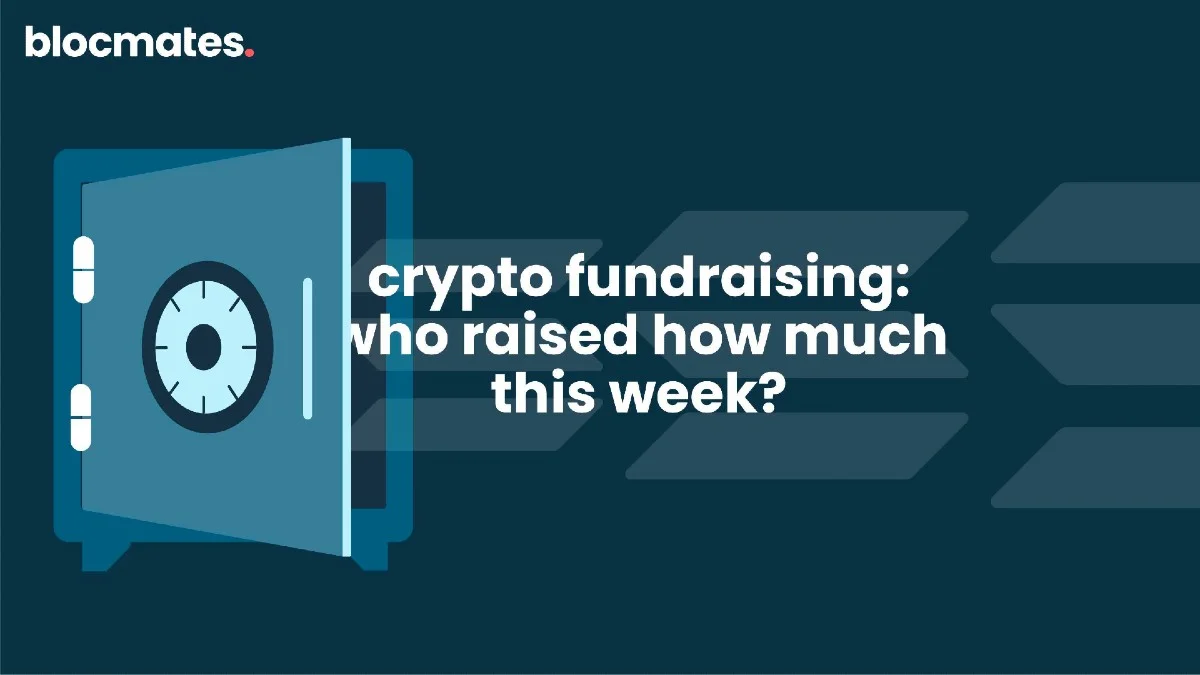


.webp)





